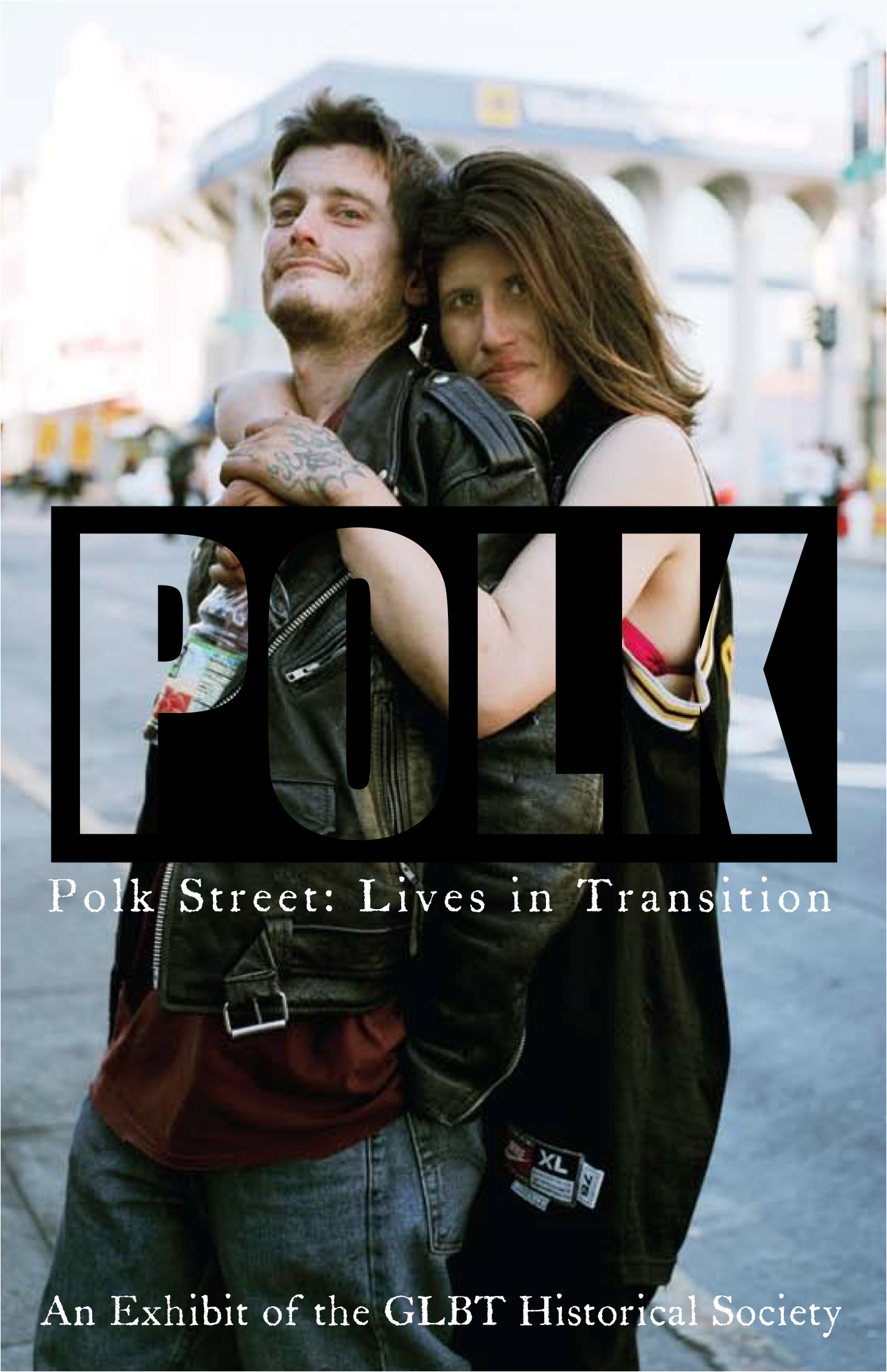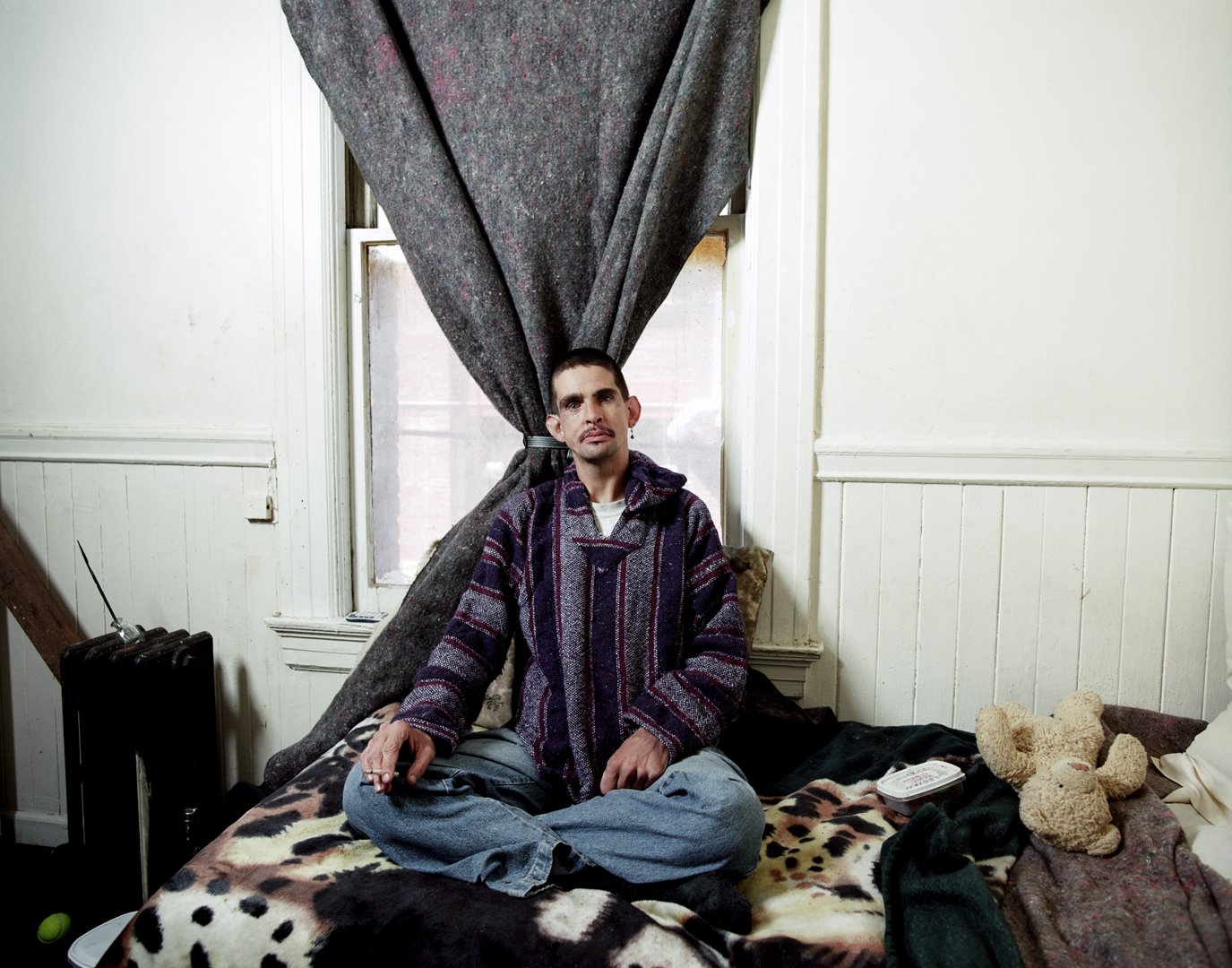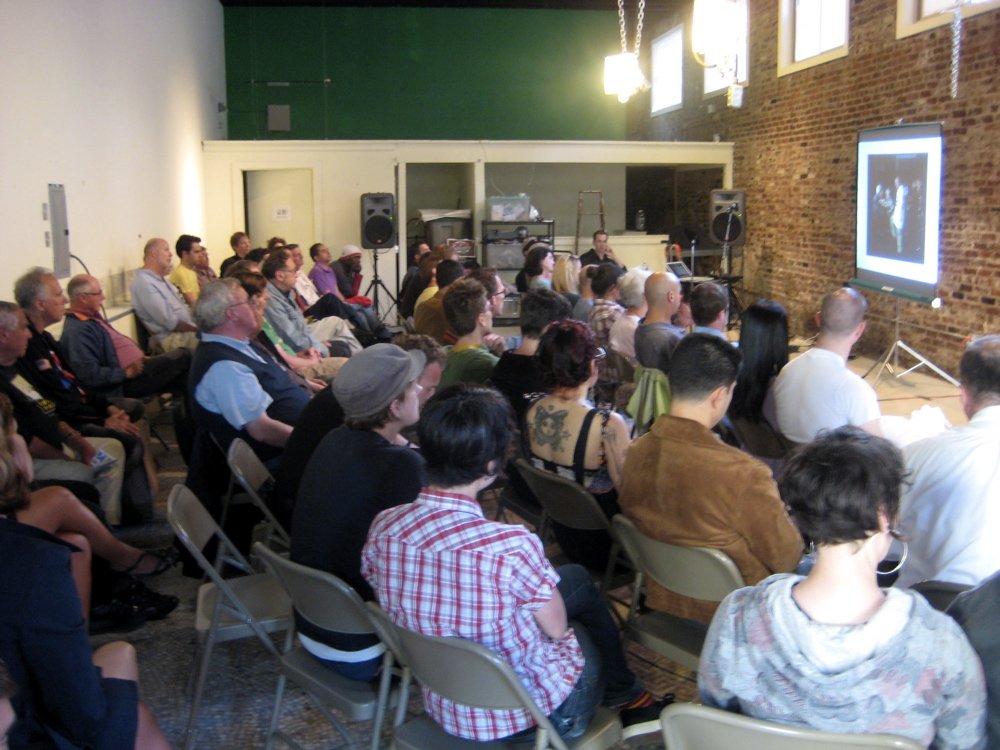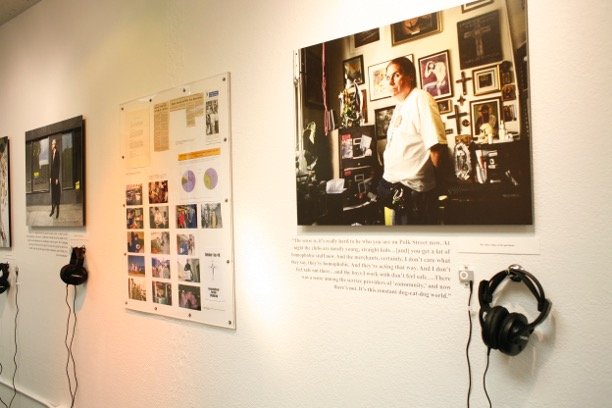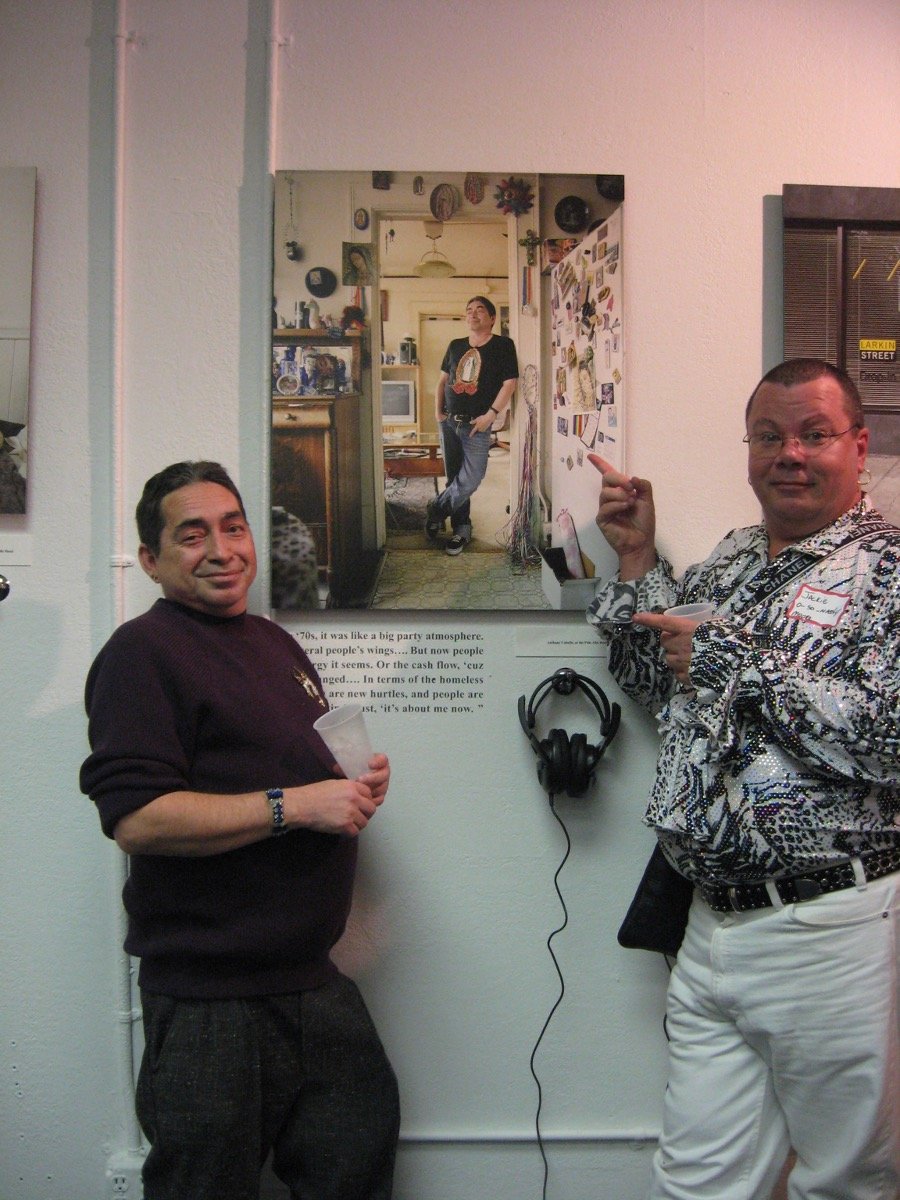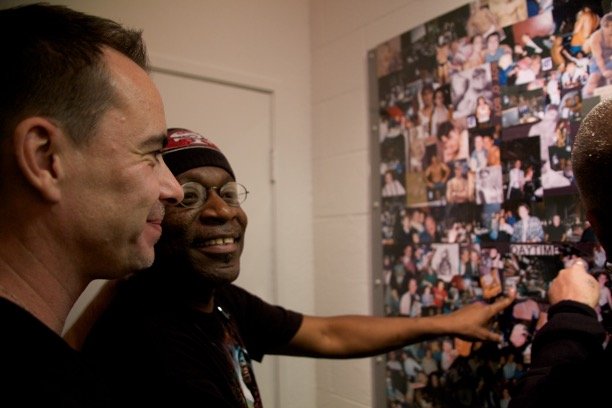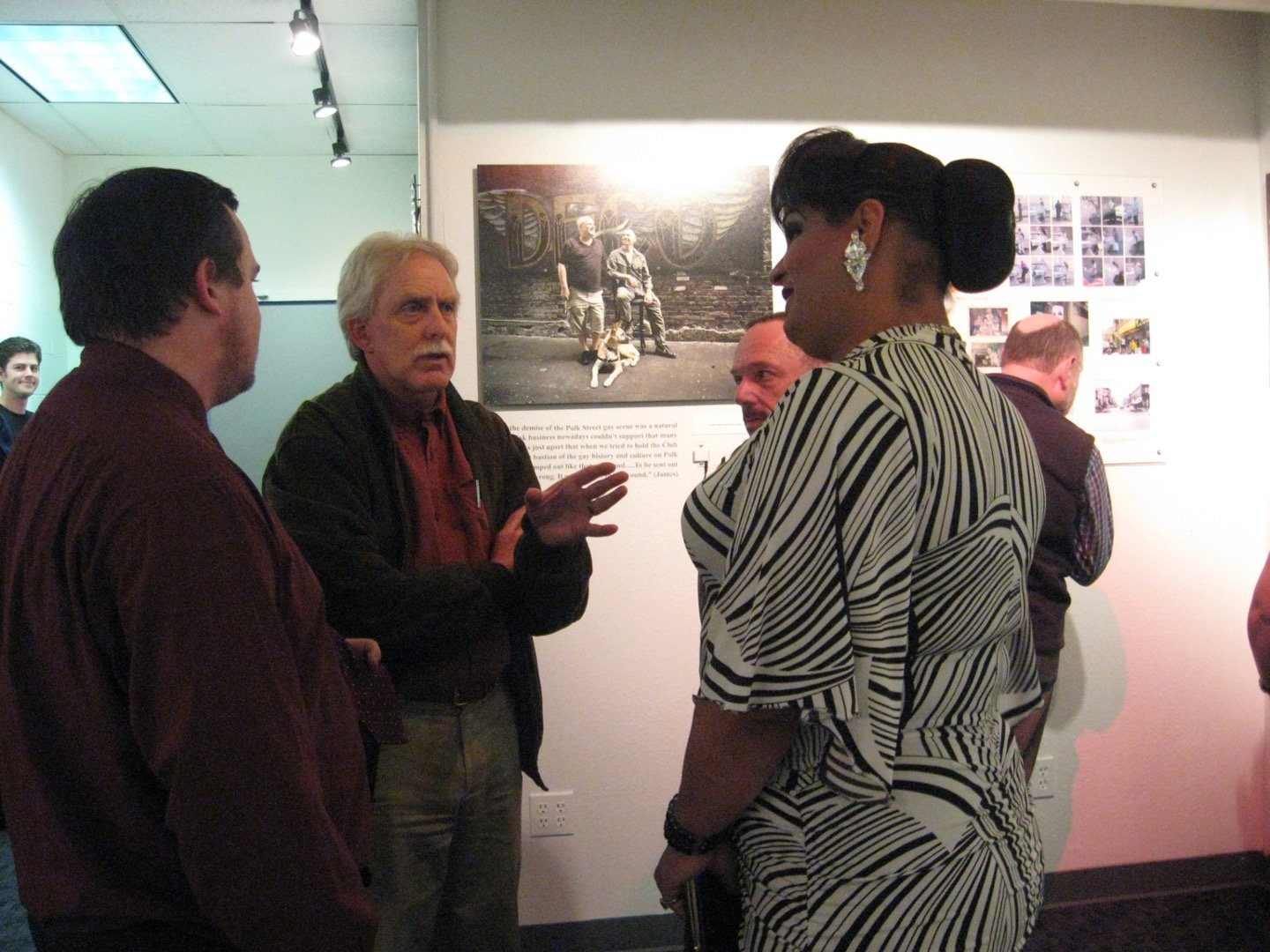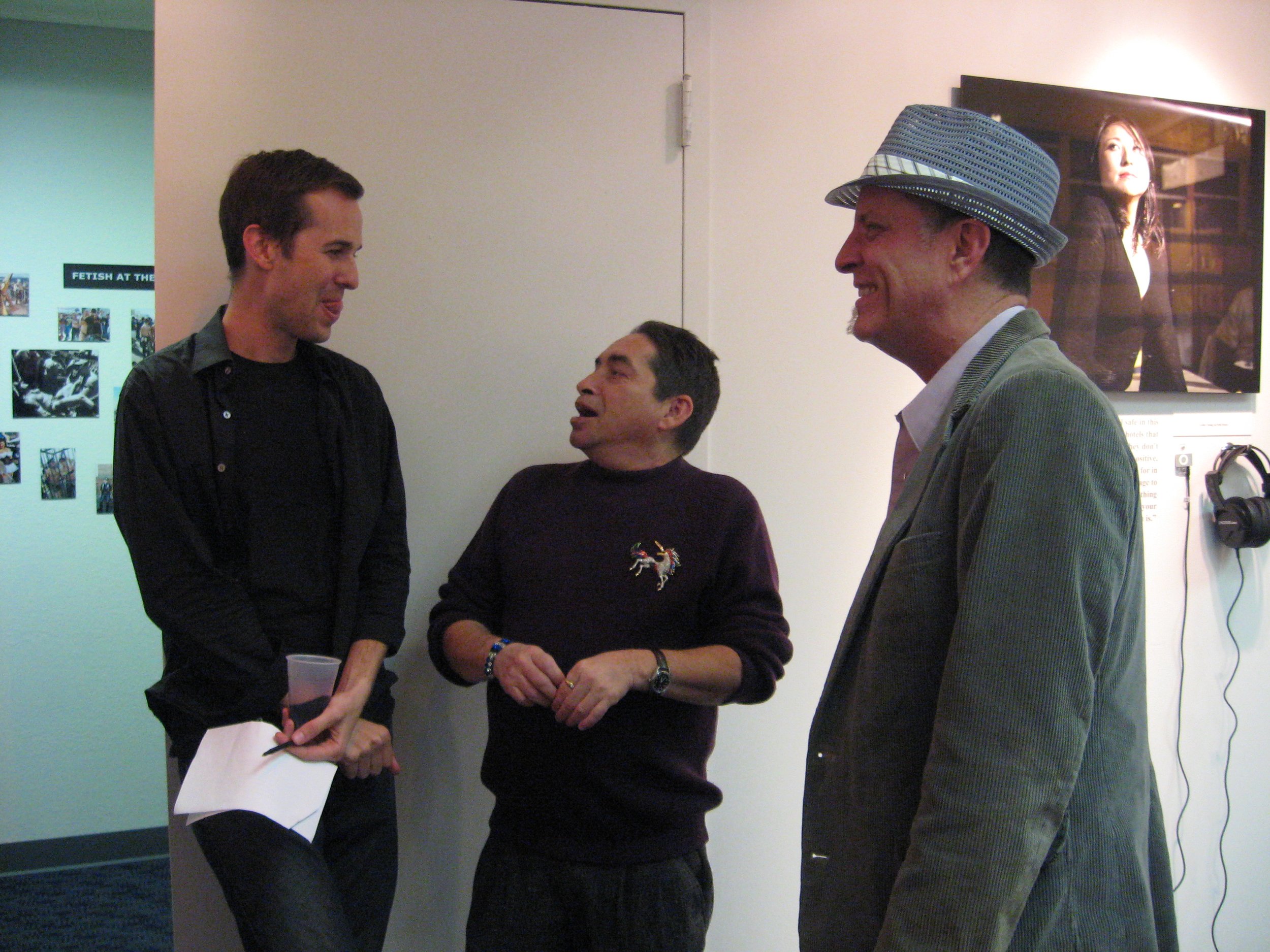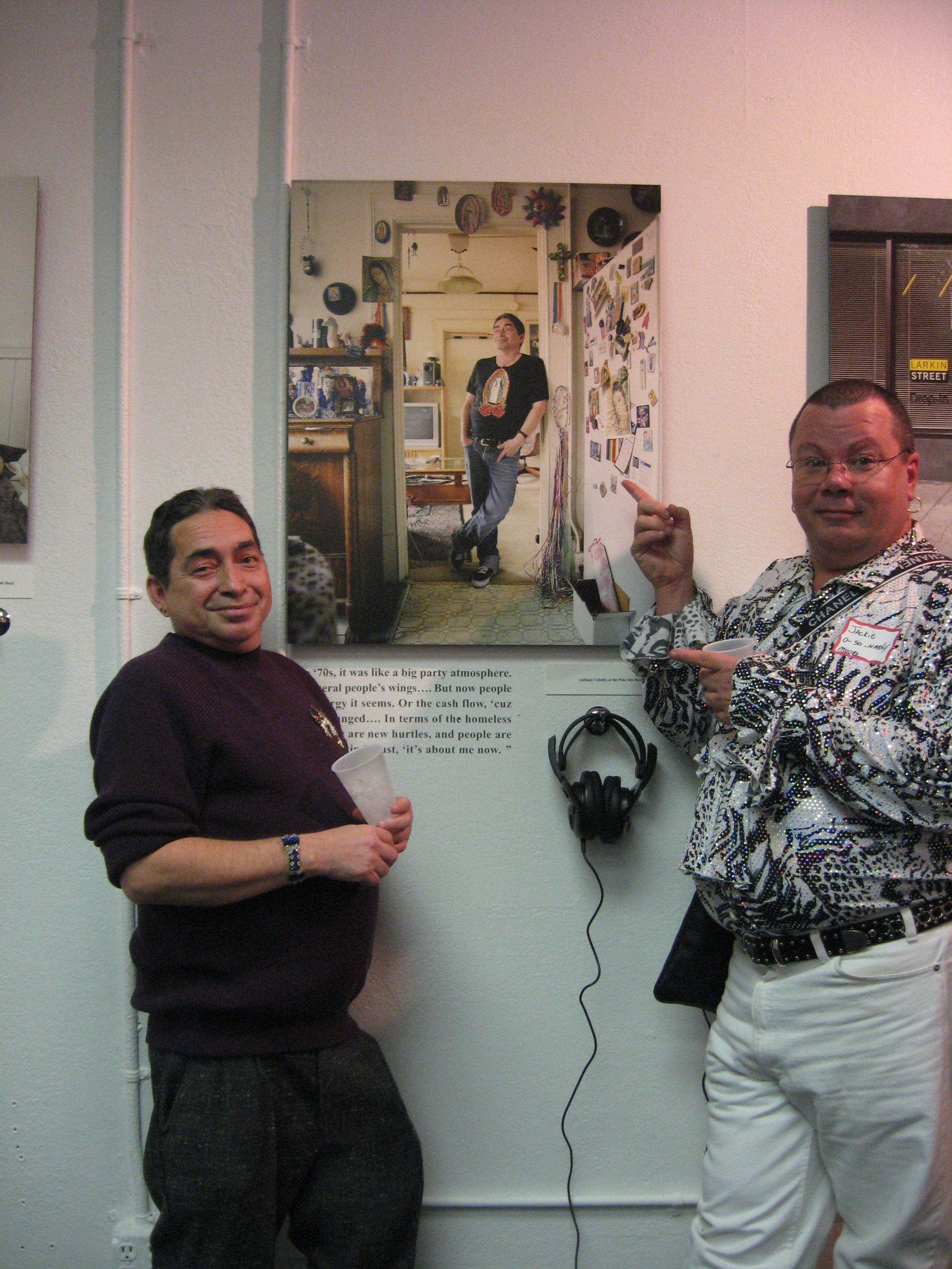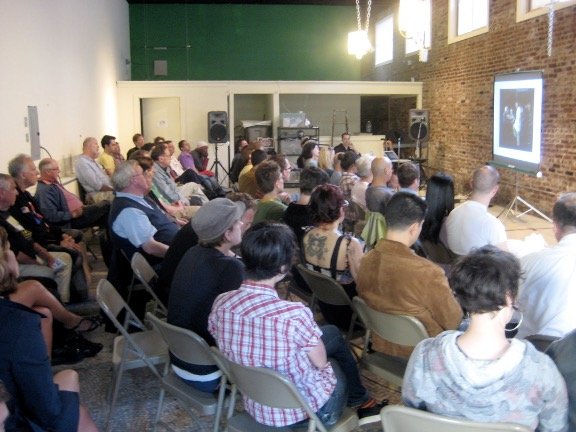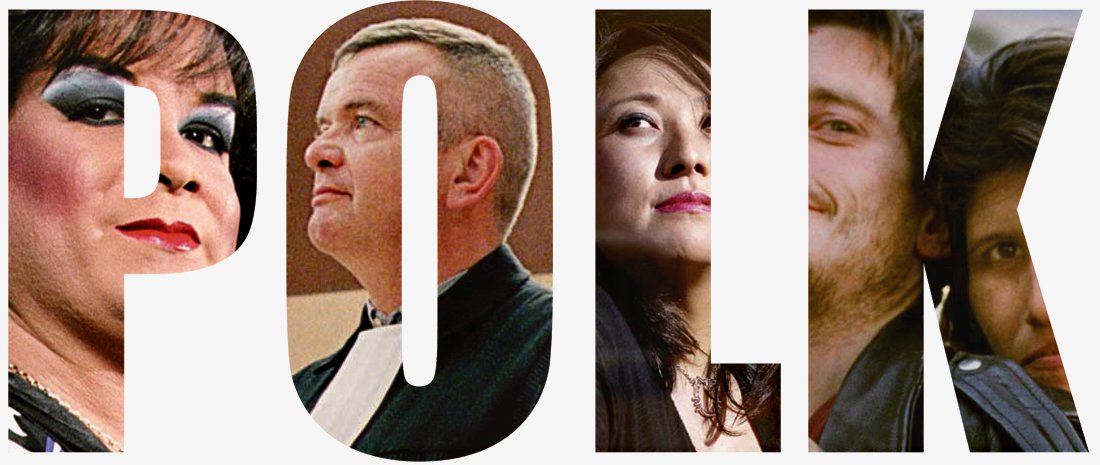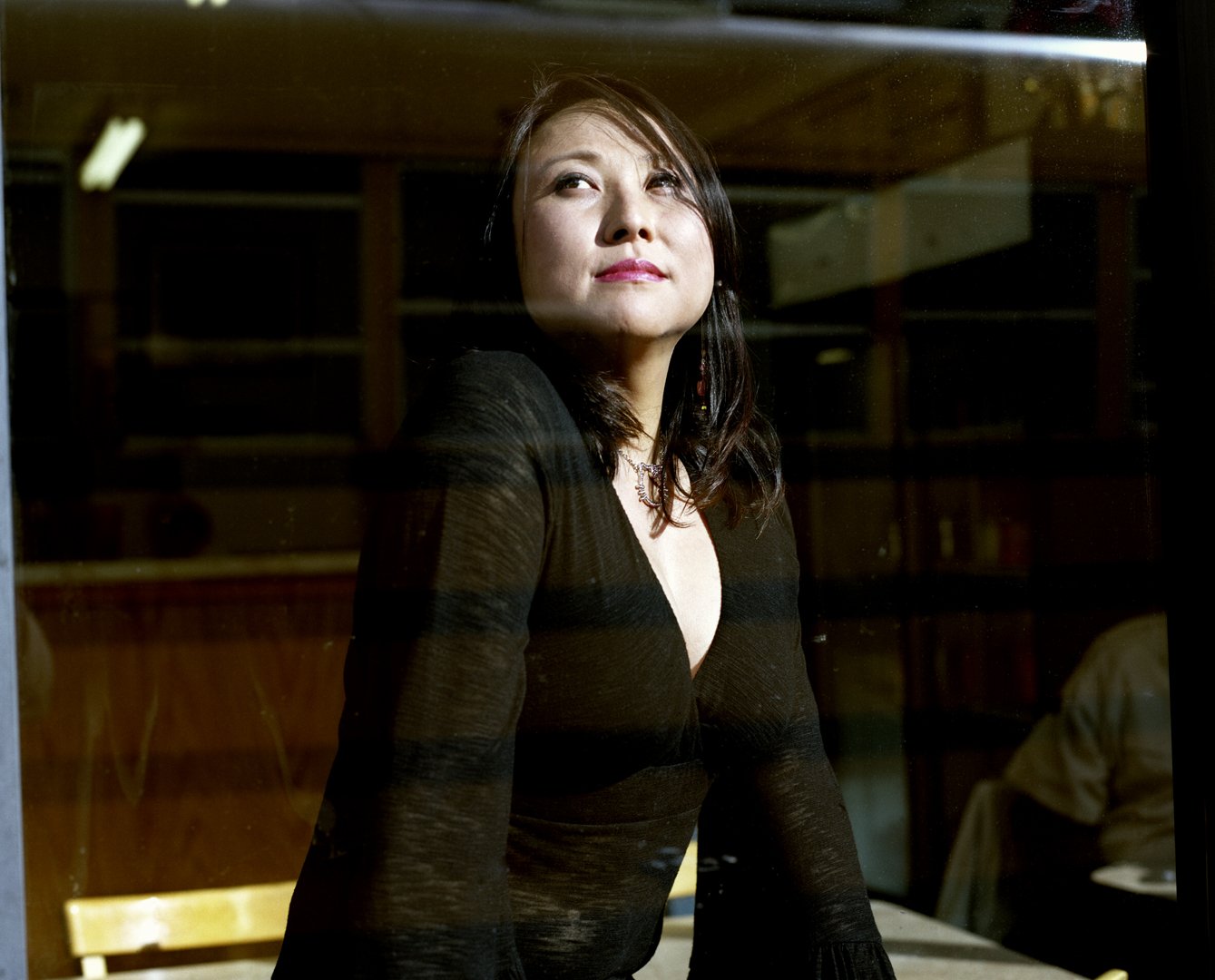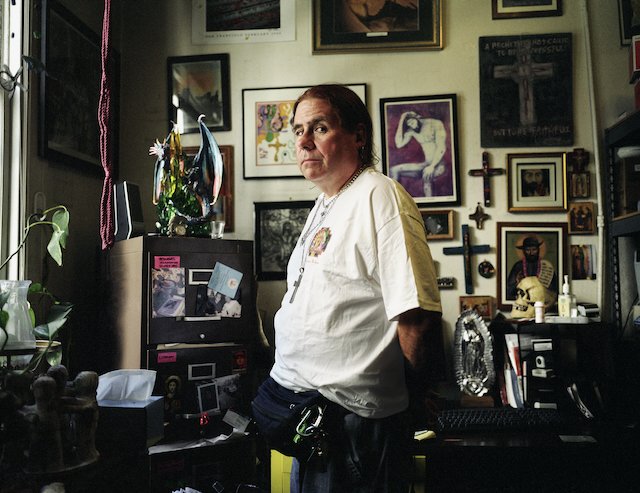Winner of the American Historical Association’s Allan Bérubé Prize for public LGBTQ history, 2010, and the National Council on Public History’s Outstanding Public History Project Award, Honorable Mention, 2011.
From 2008–10, I recorded more than seventy oral histories from people experiencing the transformation of the city’s Polk Street from a working-class queer commercial district to a gentrified entertainment destination serving the city’s growing elite. Oral histories enabled me to document a local past rich in non-biological family structures, which I interpreted through public “listening parties,” professionally mediated neighborhood dialogues, a traveling multimedia exhibit, and radio documentaries. The project challenged gentrifiers’ claims to be promoting “safety” and “family” by positing alternative understandings of both concepts drawn from oral histories with transgender women, queer homeless youth, sex workers, and working-class gay men who had made Polk Street their home.
Read my article “Safe for Whom? And Whose Families? Narrative, Urban Neoliberalism, and Queer Oral History on San Francisco’s Polk Street,” The Public Historian (2020) 42 (3): 86–113.
Cecilia Chung
Portrait by Gabriella Hasbun
Alexis Miranda
Portrait by Gabriella Hasbun
River Sims
Portrait by Gabriella Hasbun
Mediated Neighborhood Dialogues and Public “Listening Parties”
I partnered with Community Boards, a conflict resolution organization, and, with their help, organized a mediated neighborhood dialogue. I invited a wide range of stakeholders, including social service providers, merchants, and residents. In September 2008, roughly a dozen stakeholders met at a Polk Street storefront for a mediated dialogue. Warring groups had literally been shouting at each other across the street; they were now encouraged to be quiet and listen to each other’s personal histories. The dialogue provided a venue for people to tell their stories, listen to others’ stories, and better understand various points of view about the street.
I built on the mediated dialogues by organizing a neighborhood “listening party” in June 2009. More than seventy community members gathered to listen to short “audio portraits” I created by editing oral histories. I paired the audio with gorgeous photographs of narrators by Gabriela Hasbun. I also presented a historical narrative based on archival research. My goal in editing the oral histories was to produce a compelling, detail-rich account of my narrators’ lives and to craft stories that dramatized their understandings of “safety” and “family.”
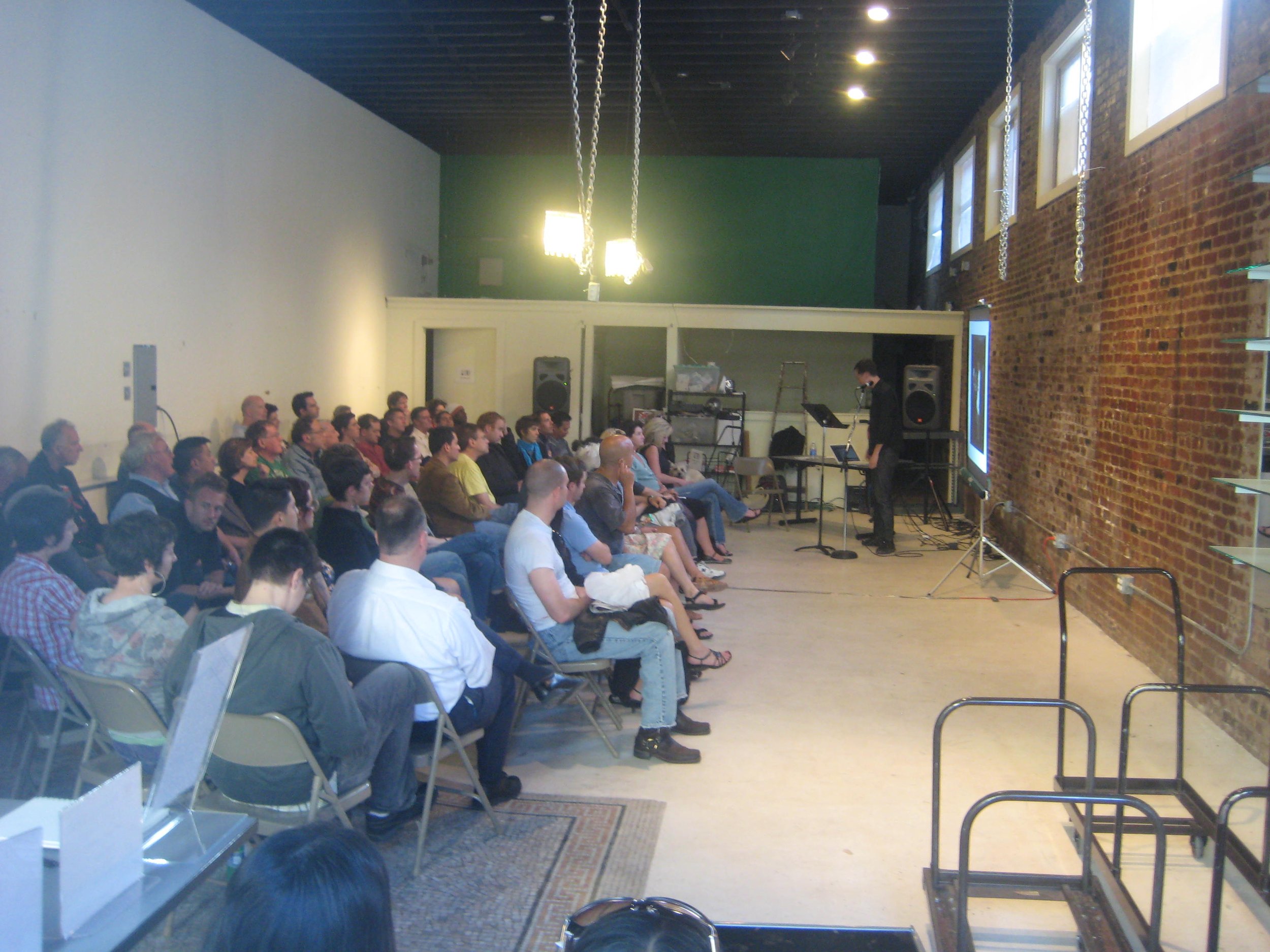


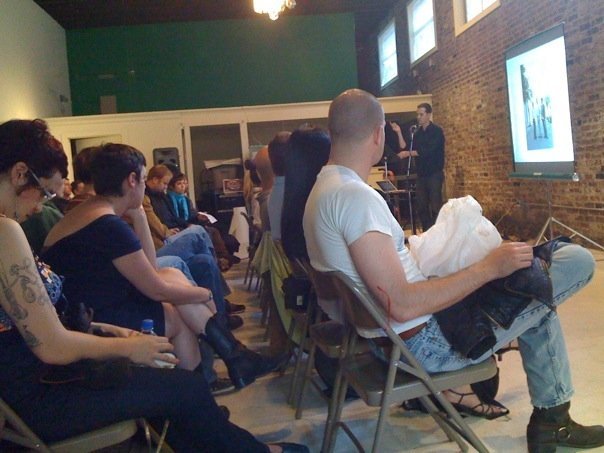

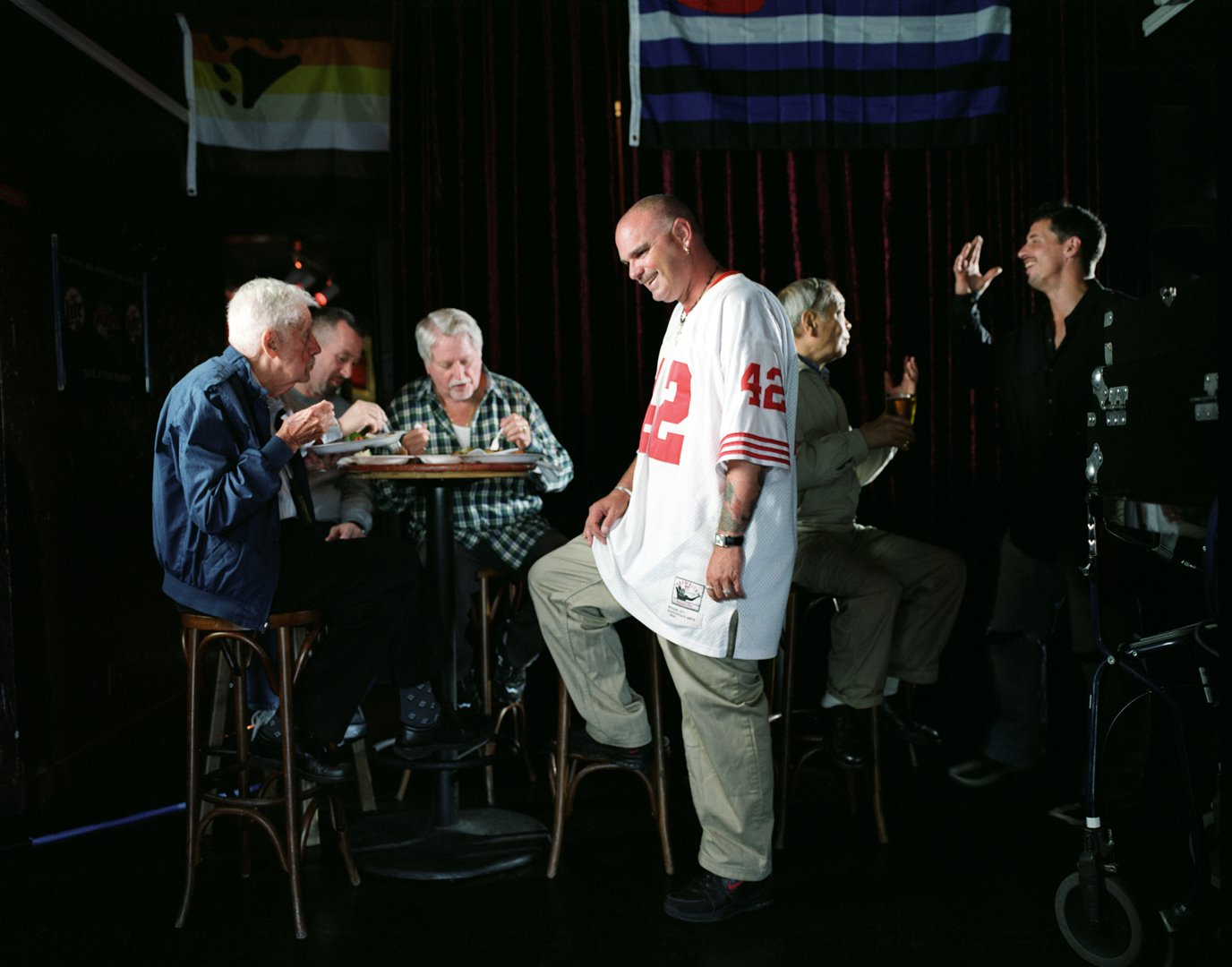
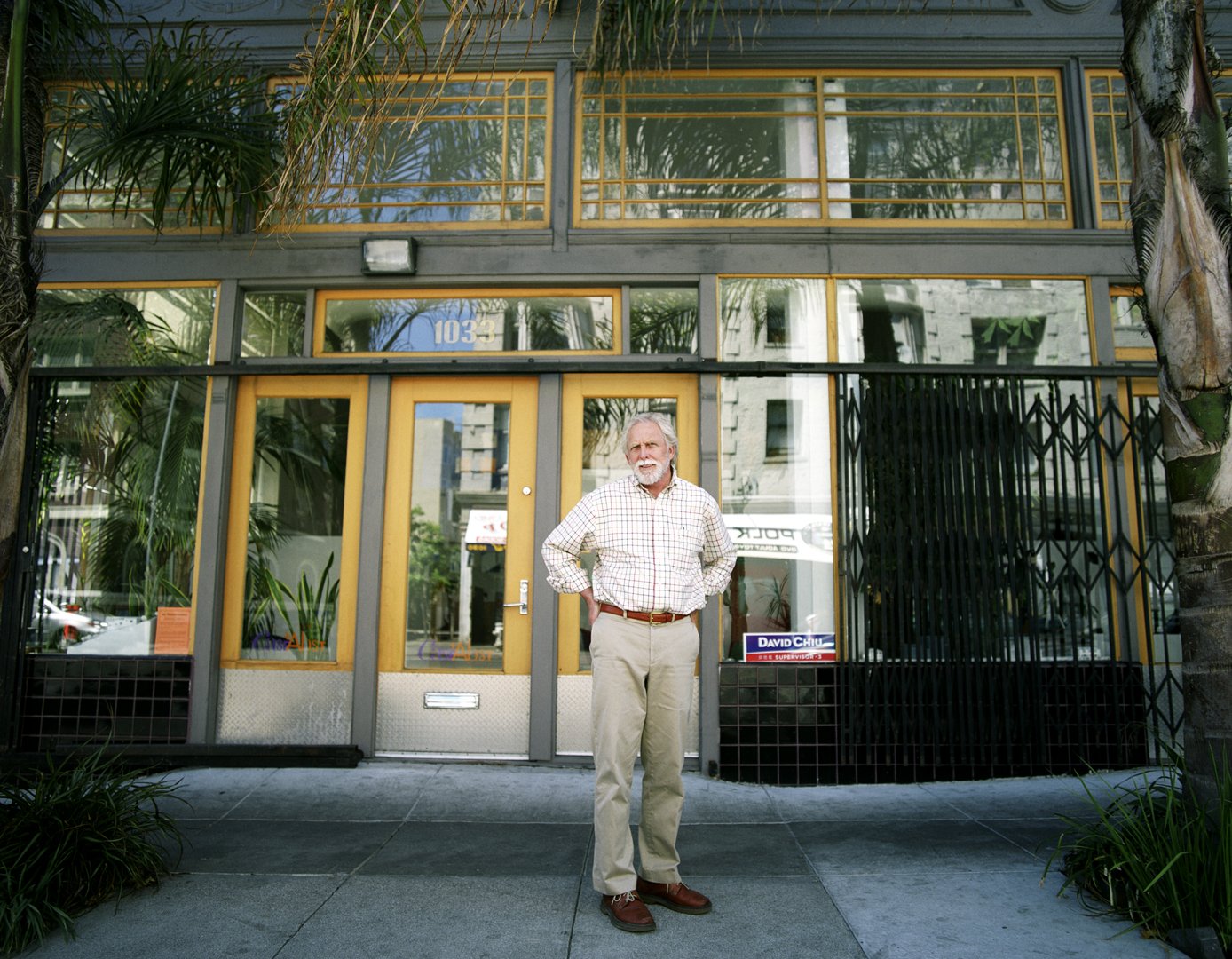

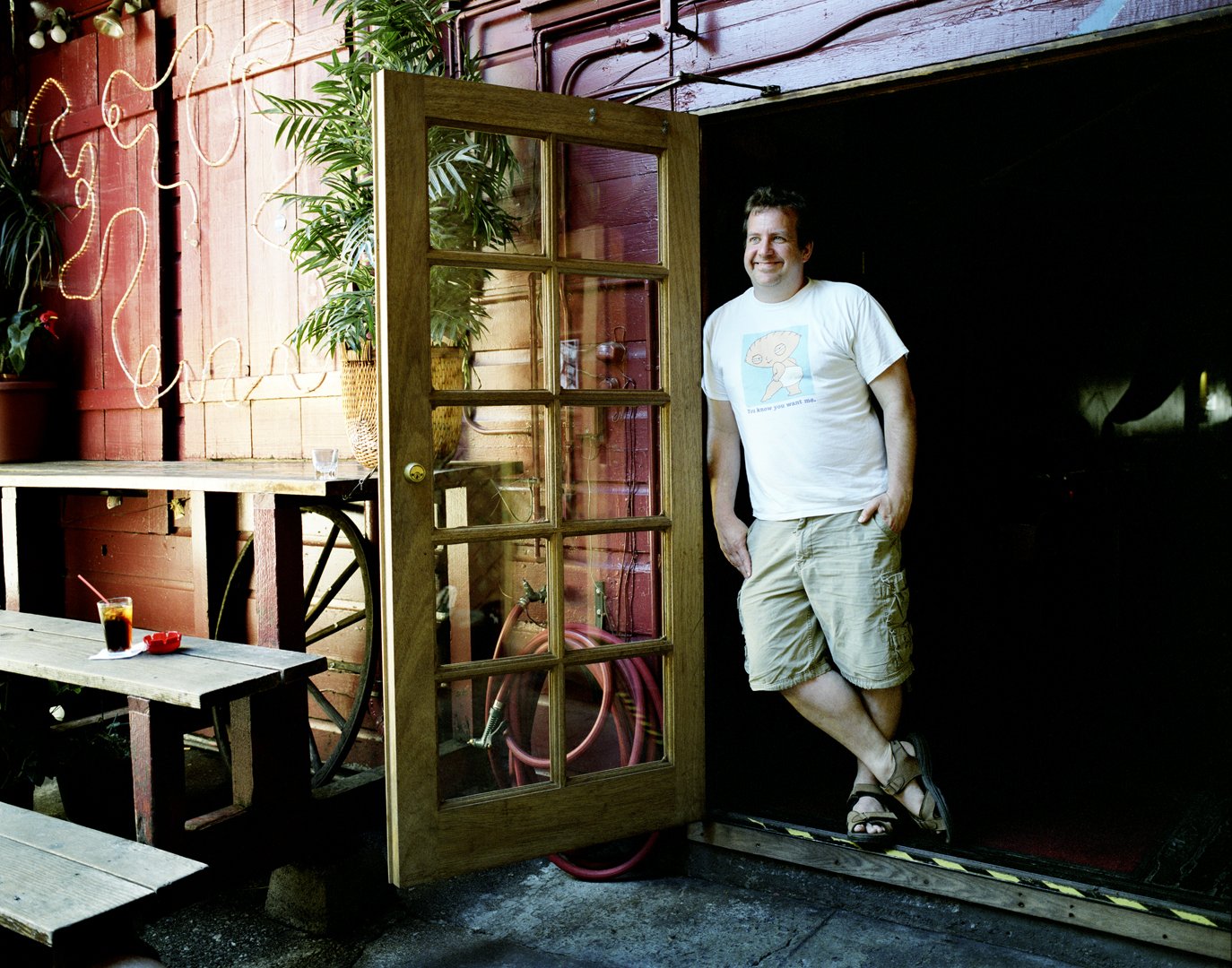
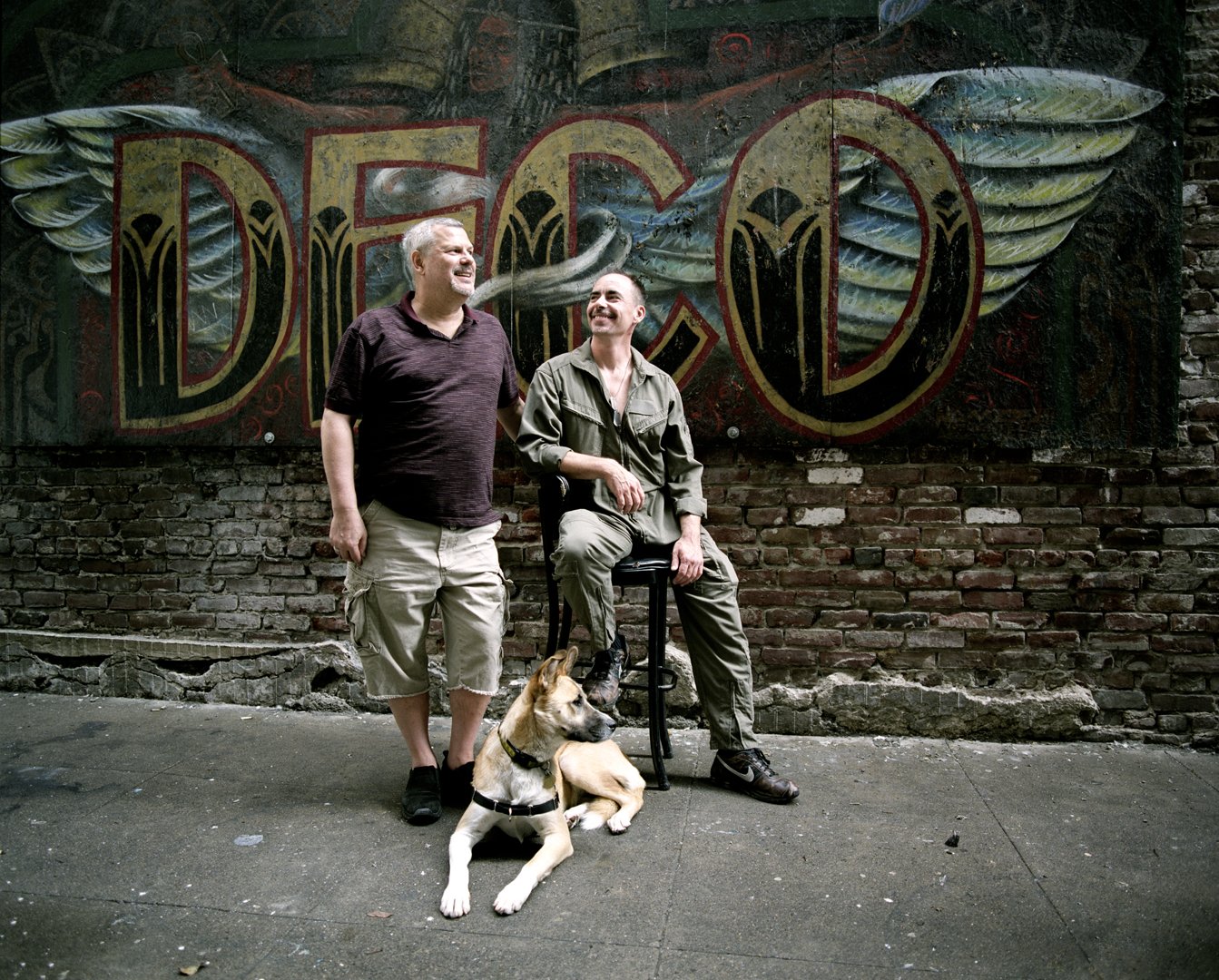
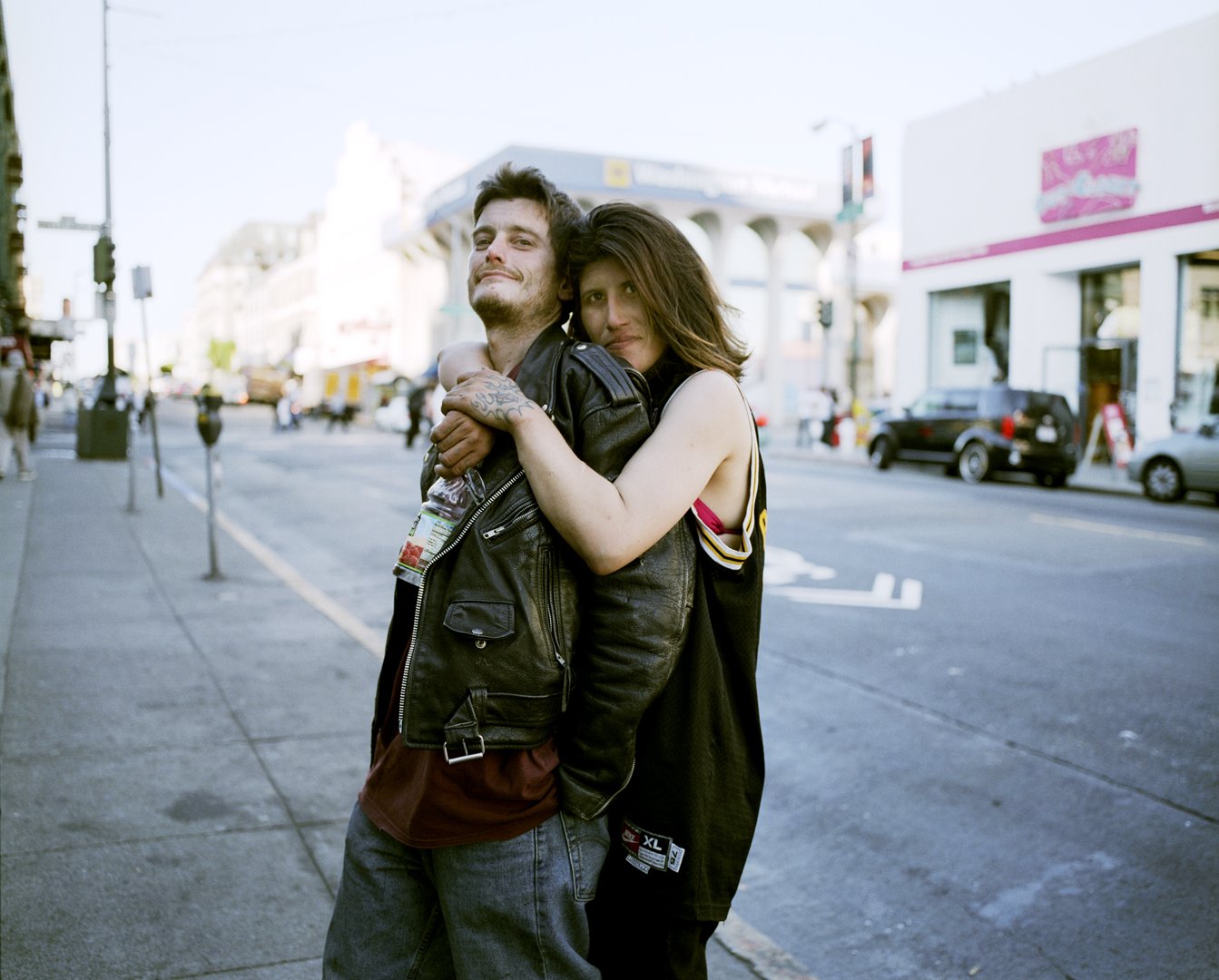
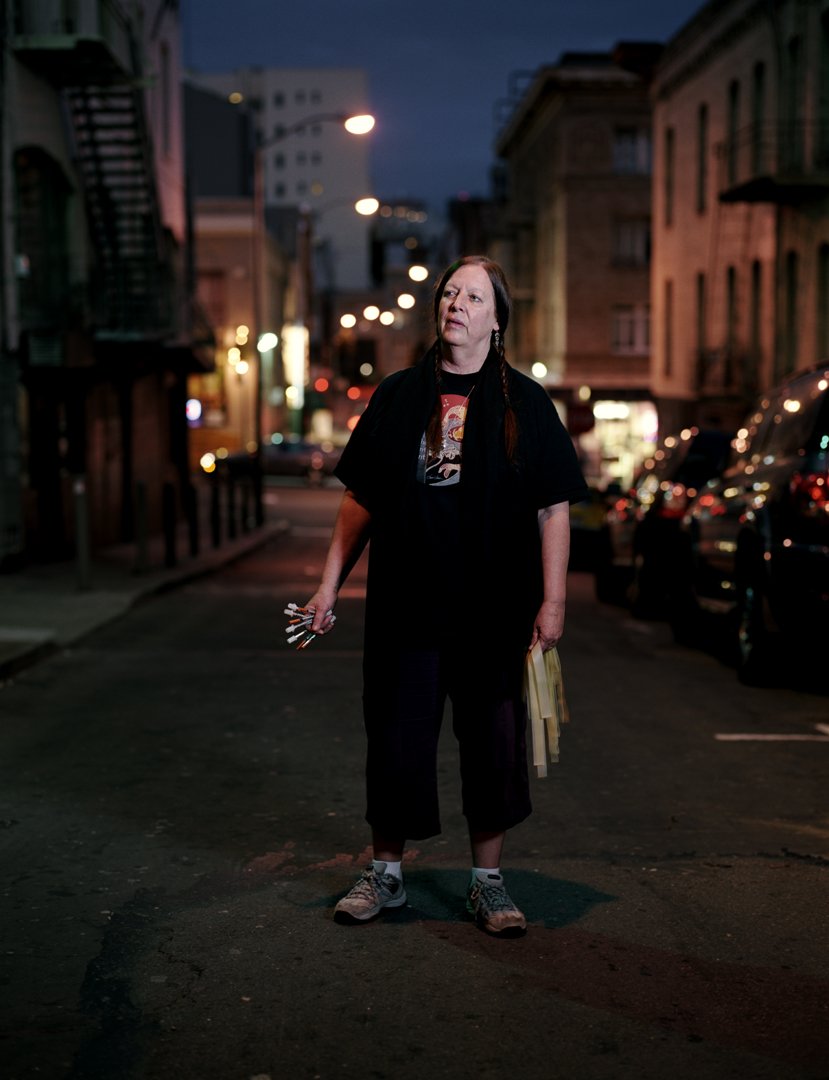

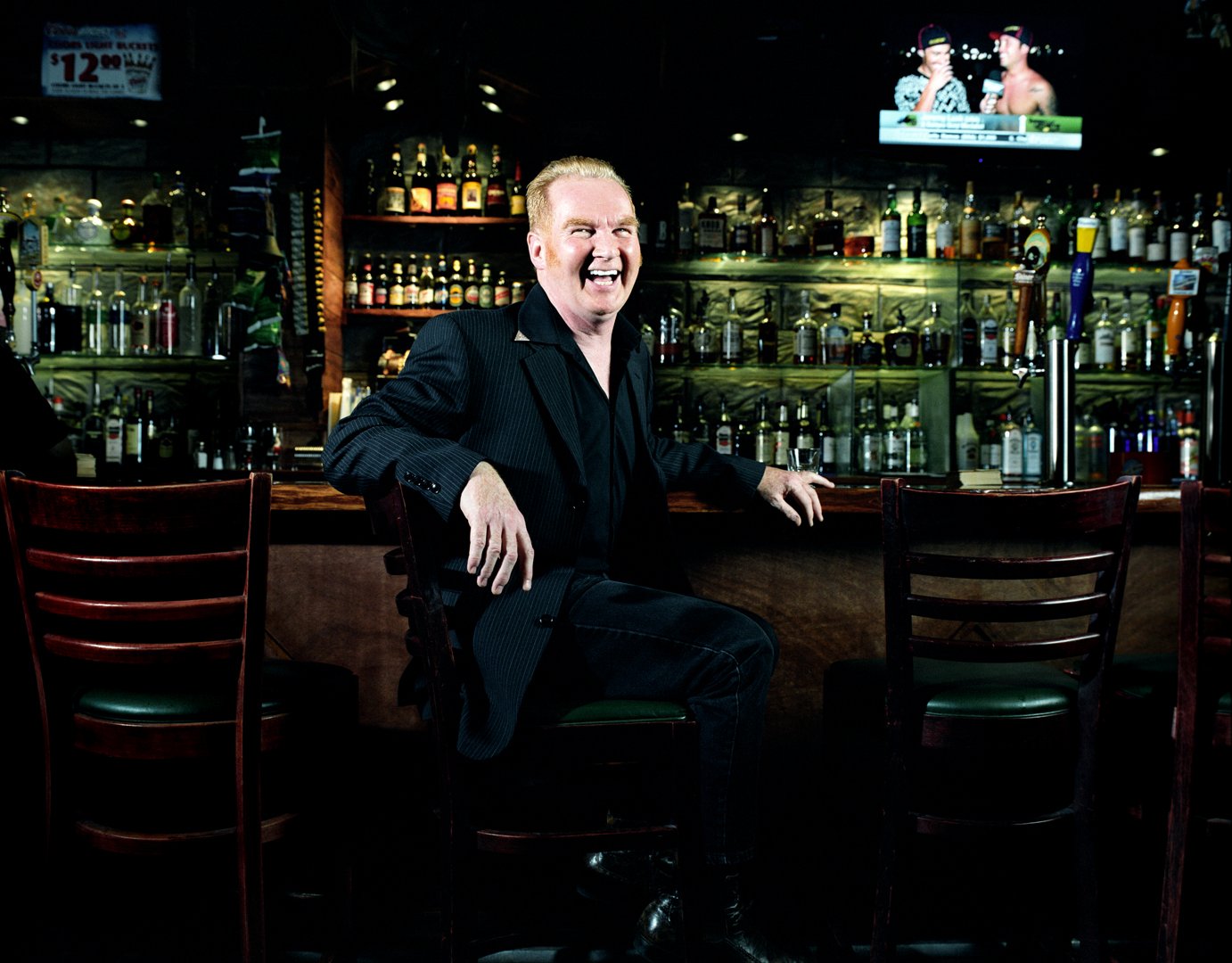

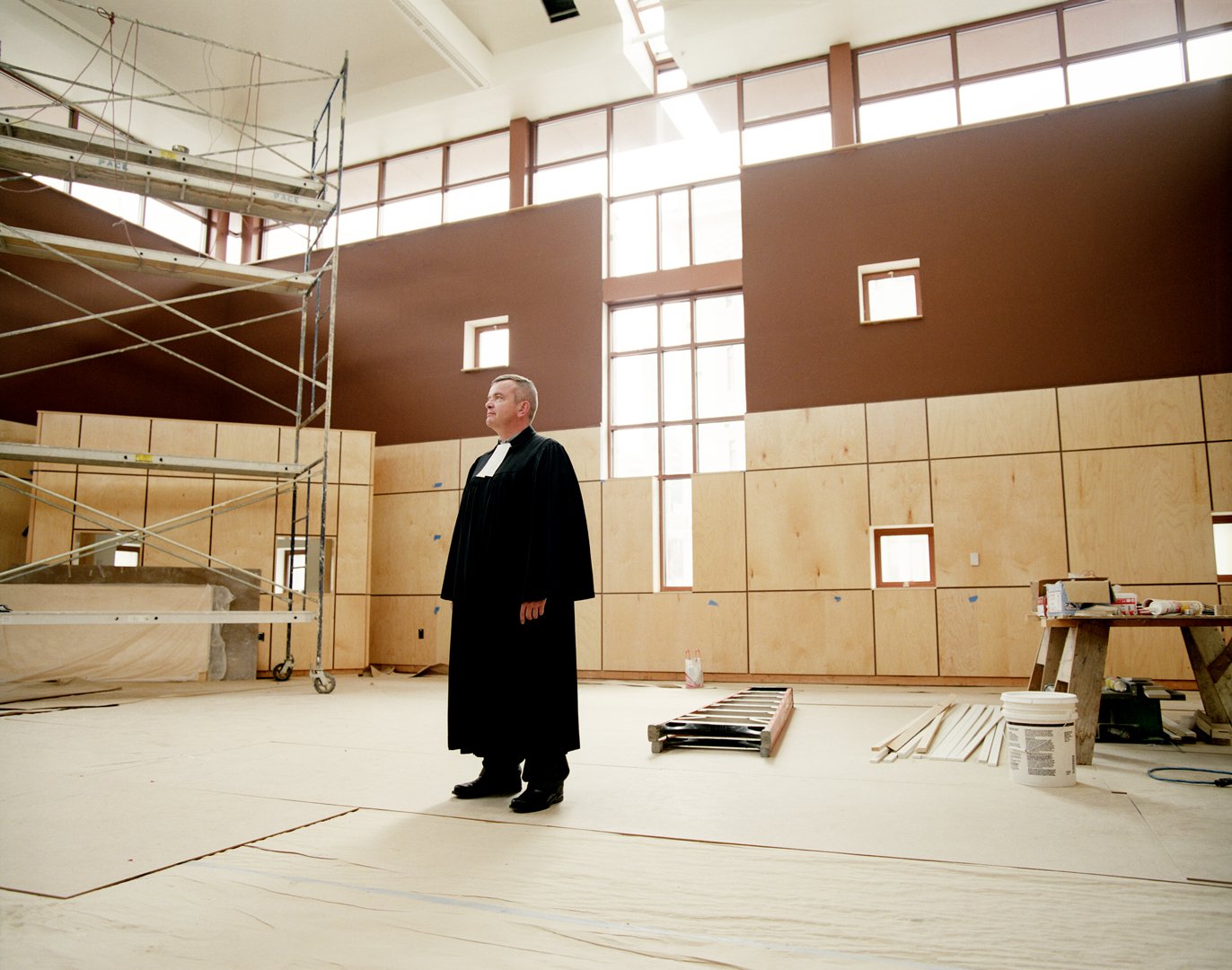

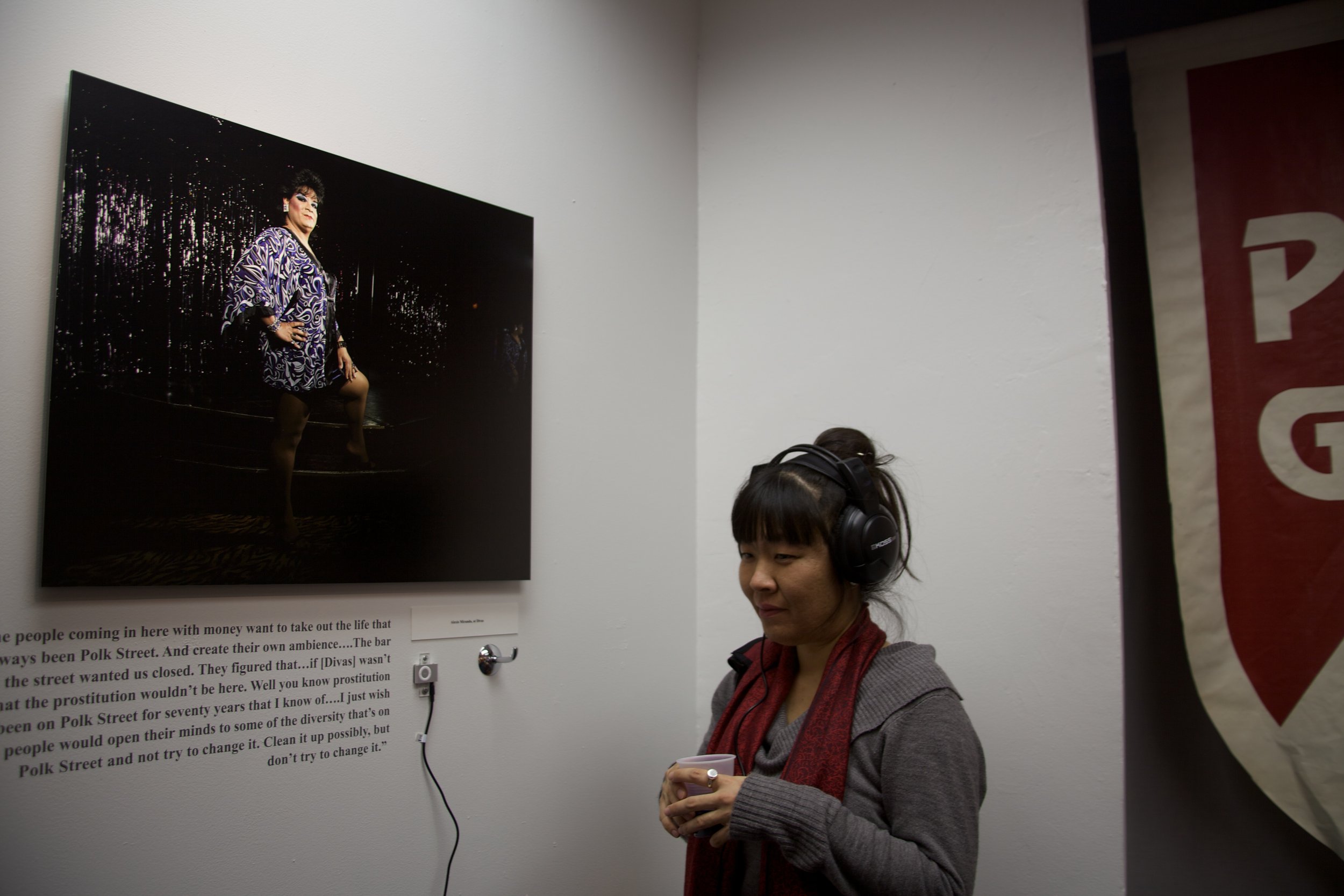
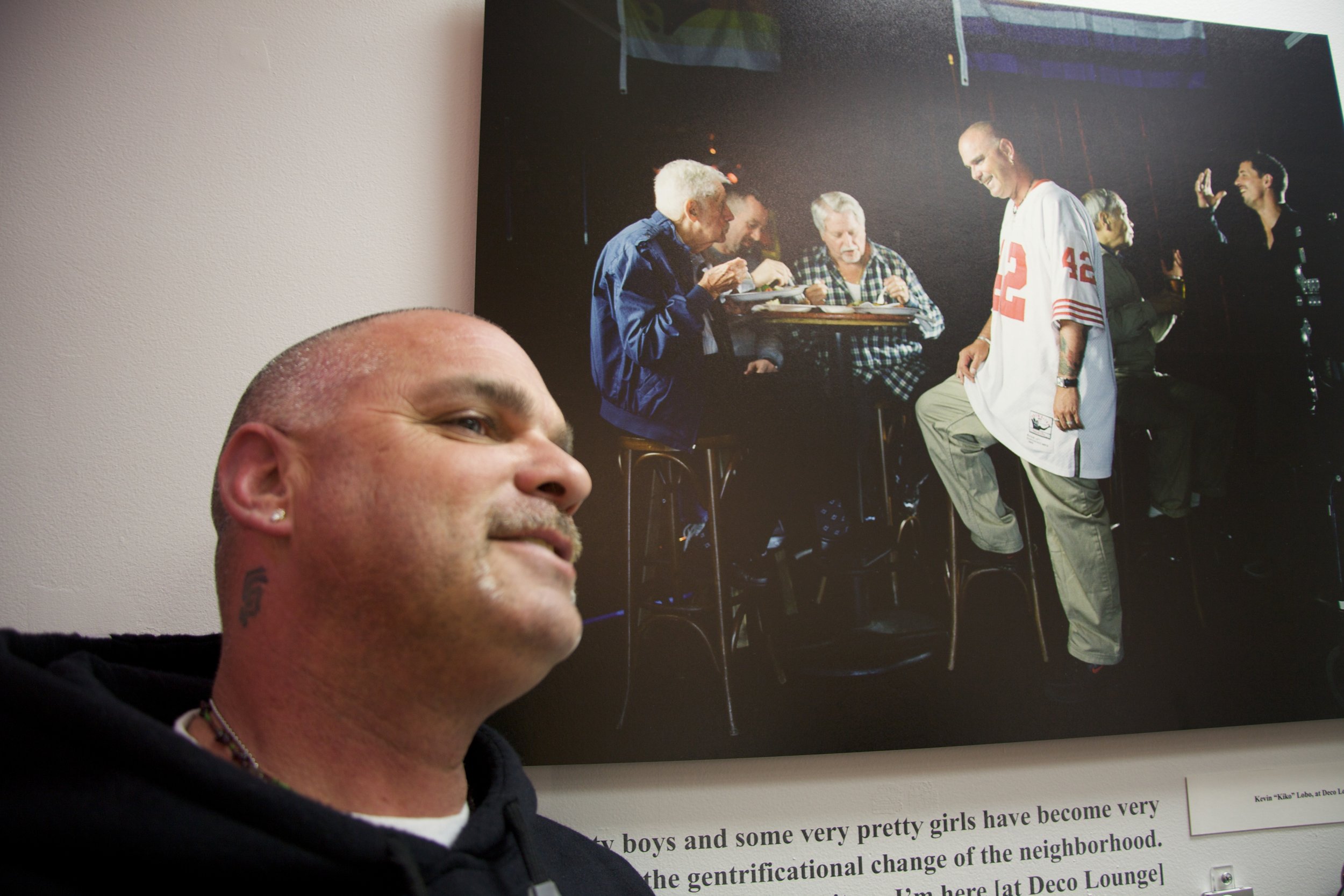
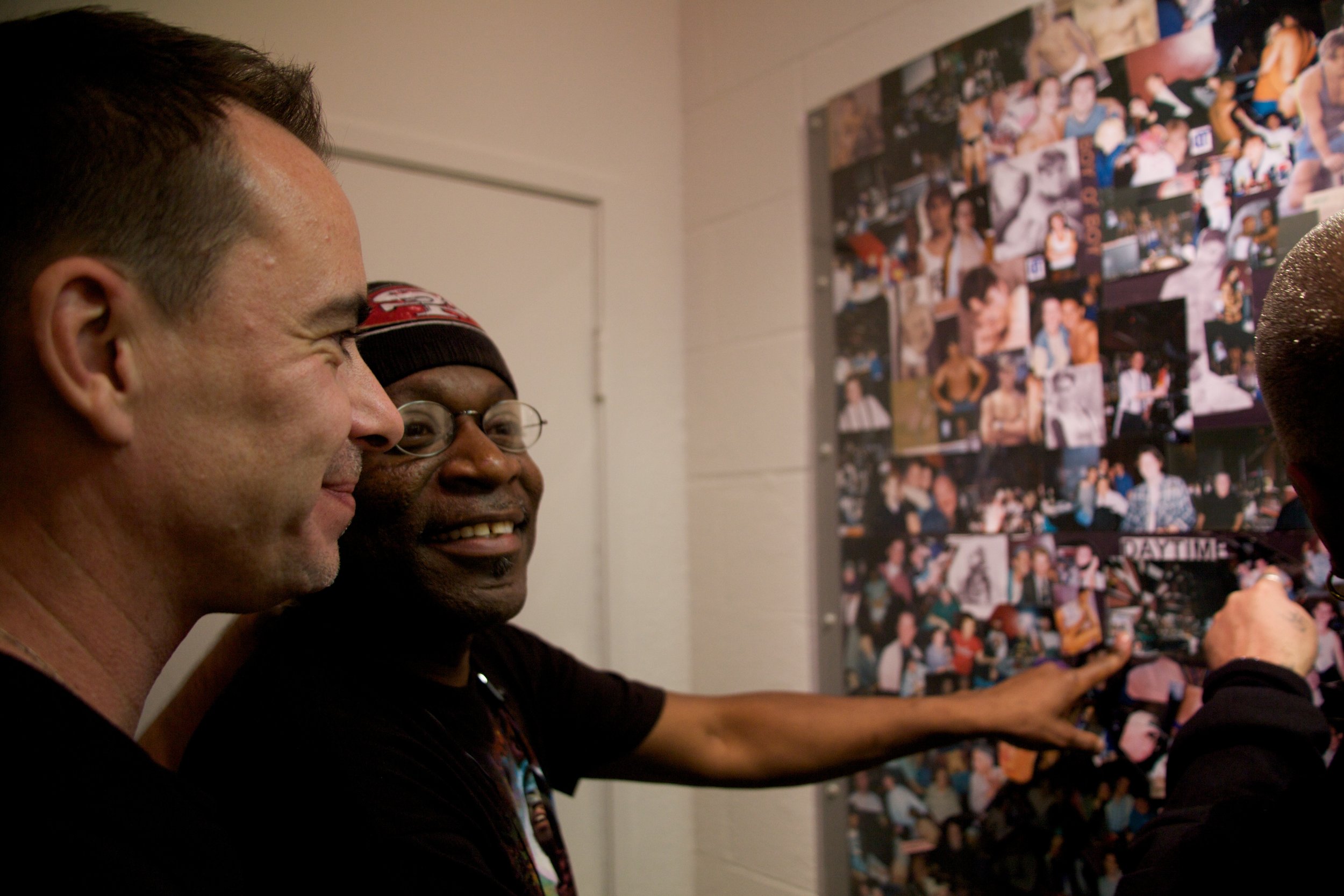
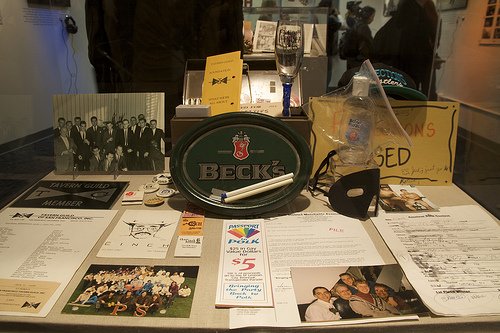
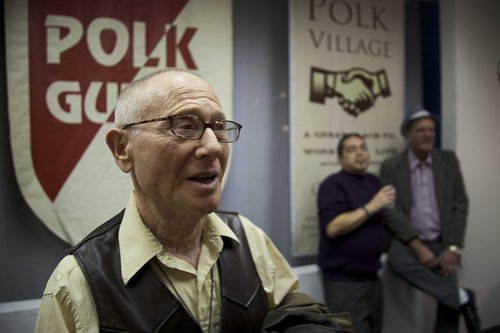

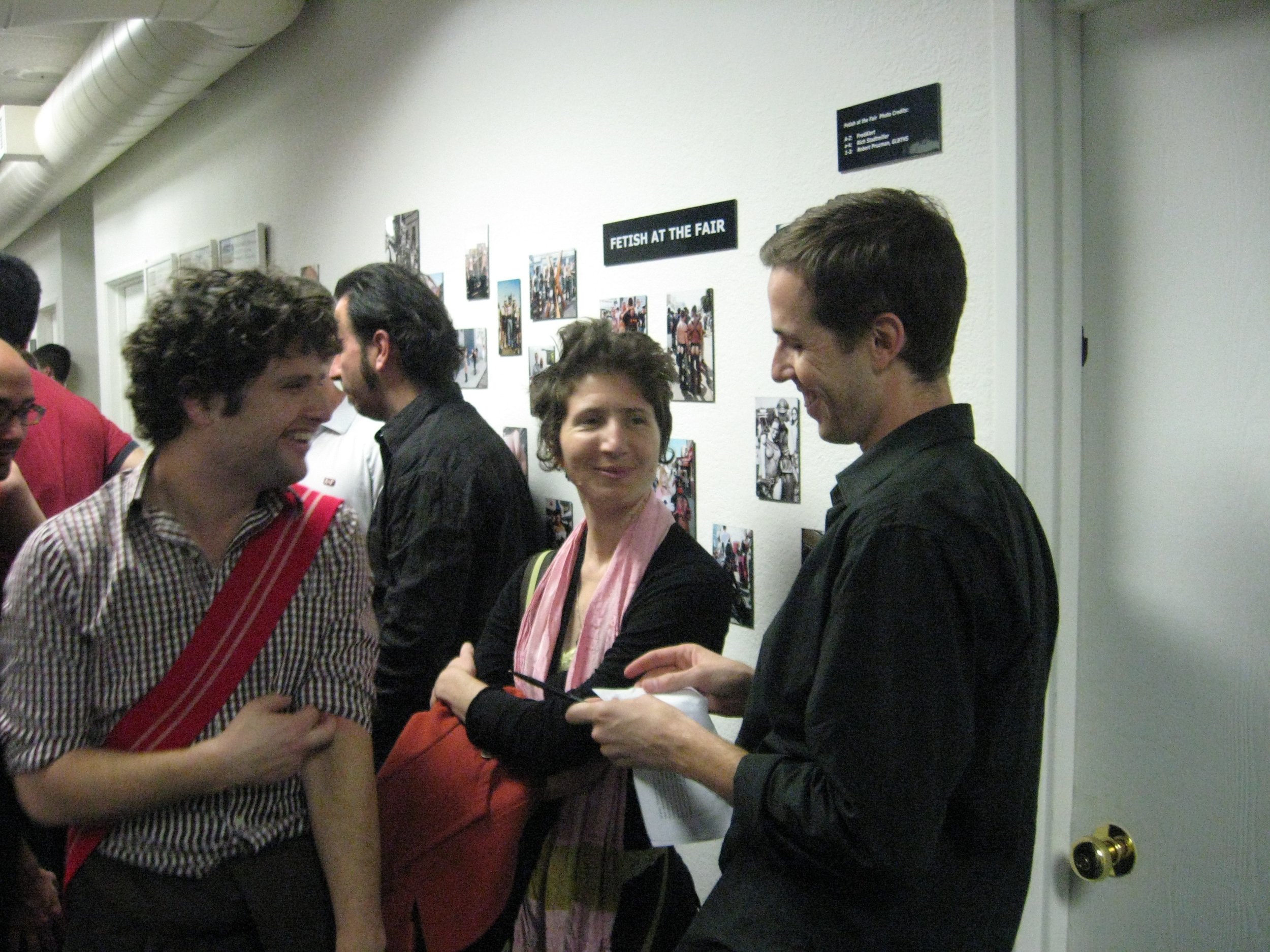



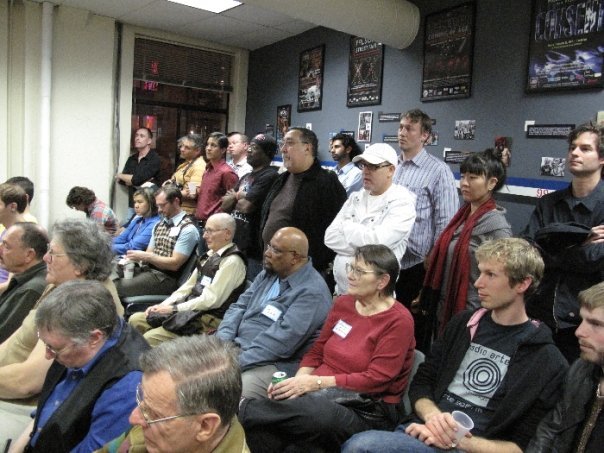
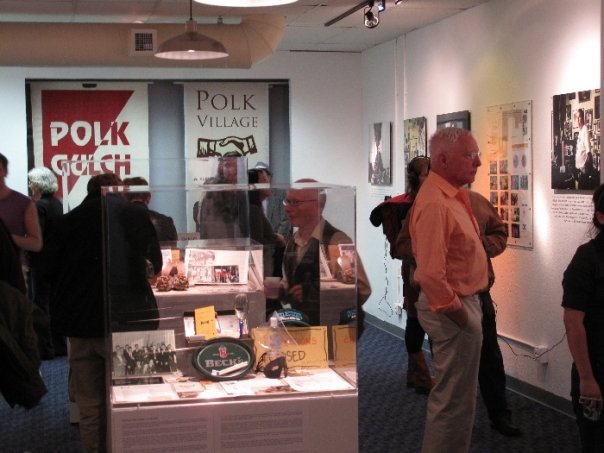
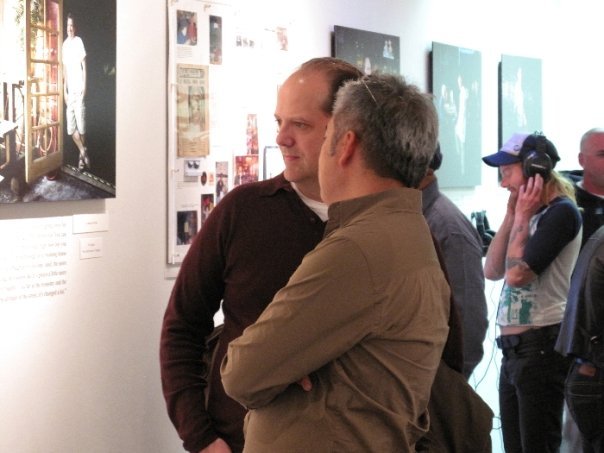
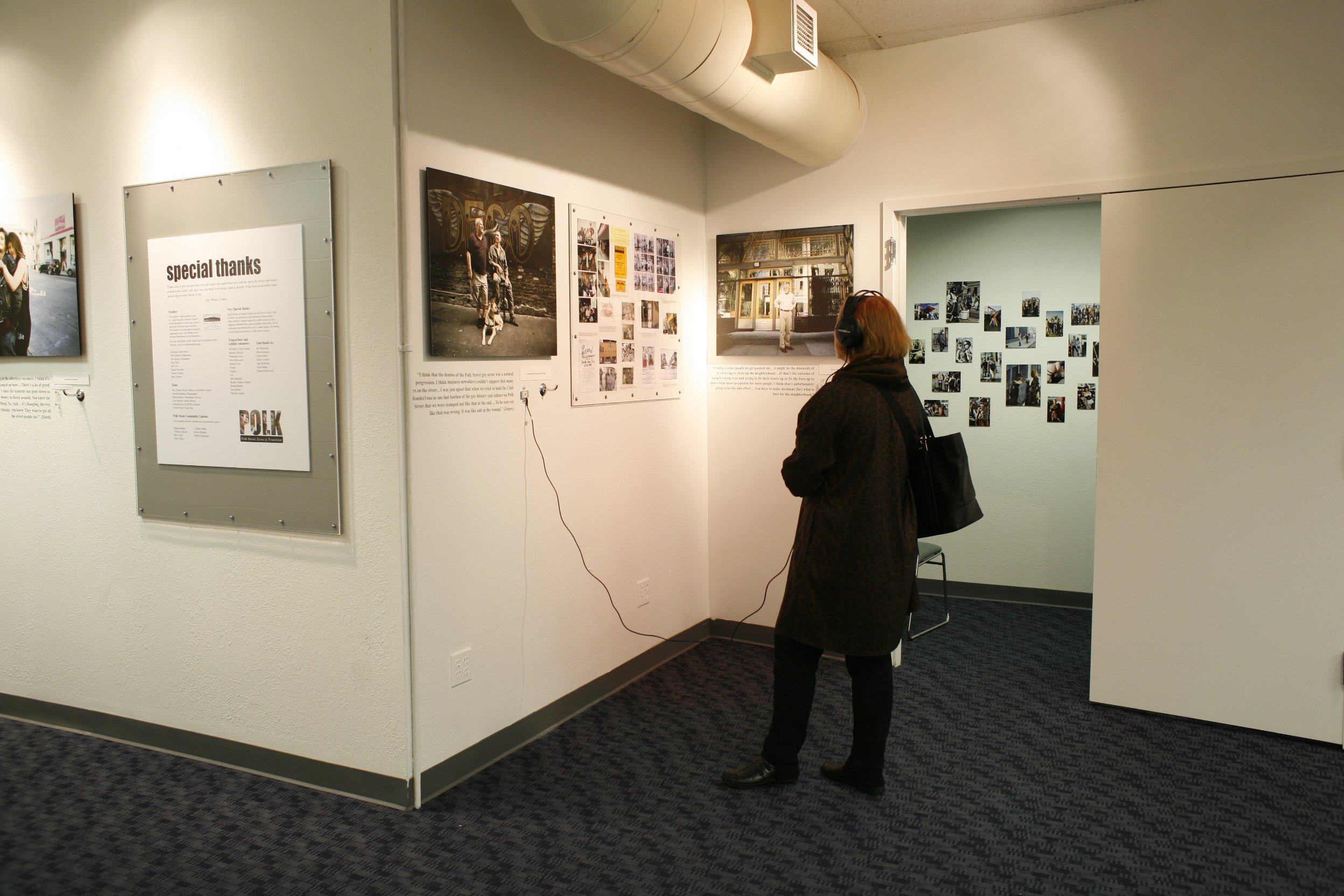
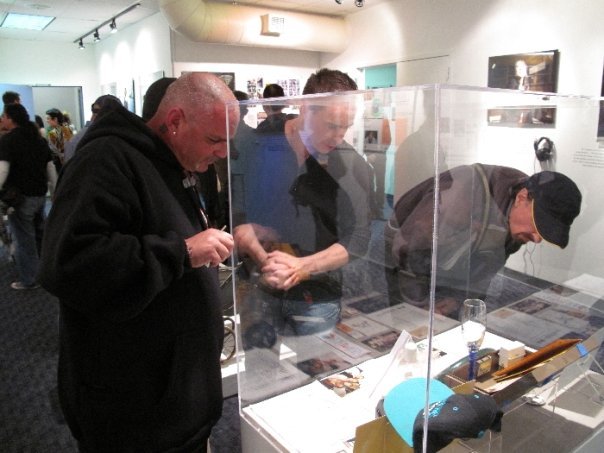
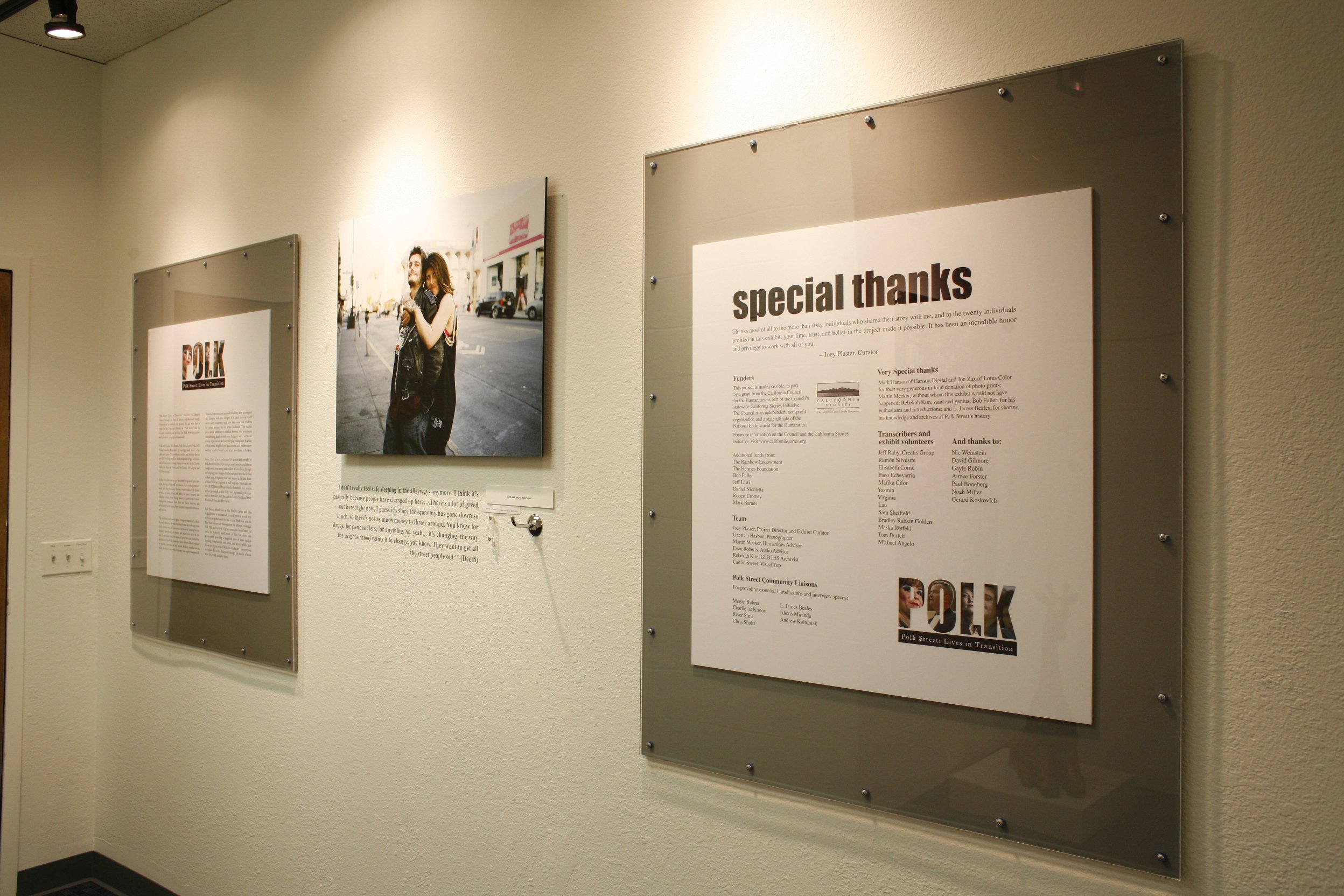
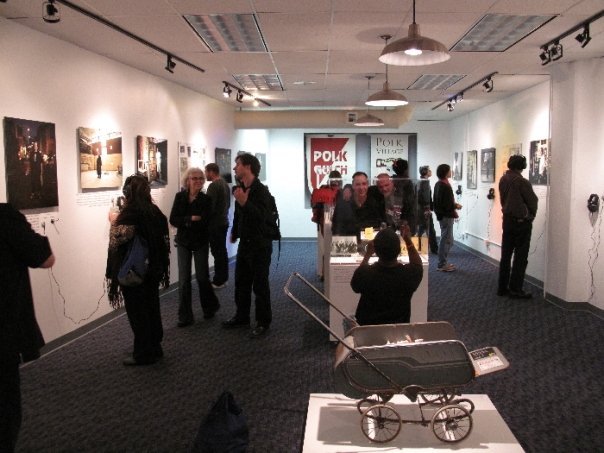
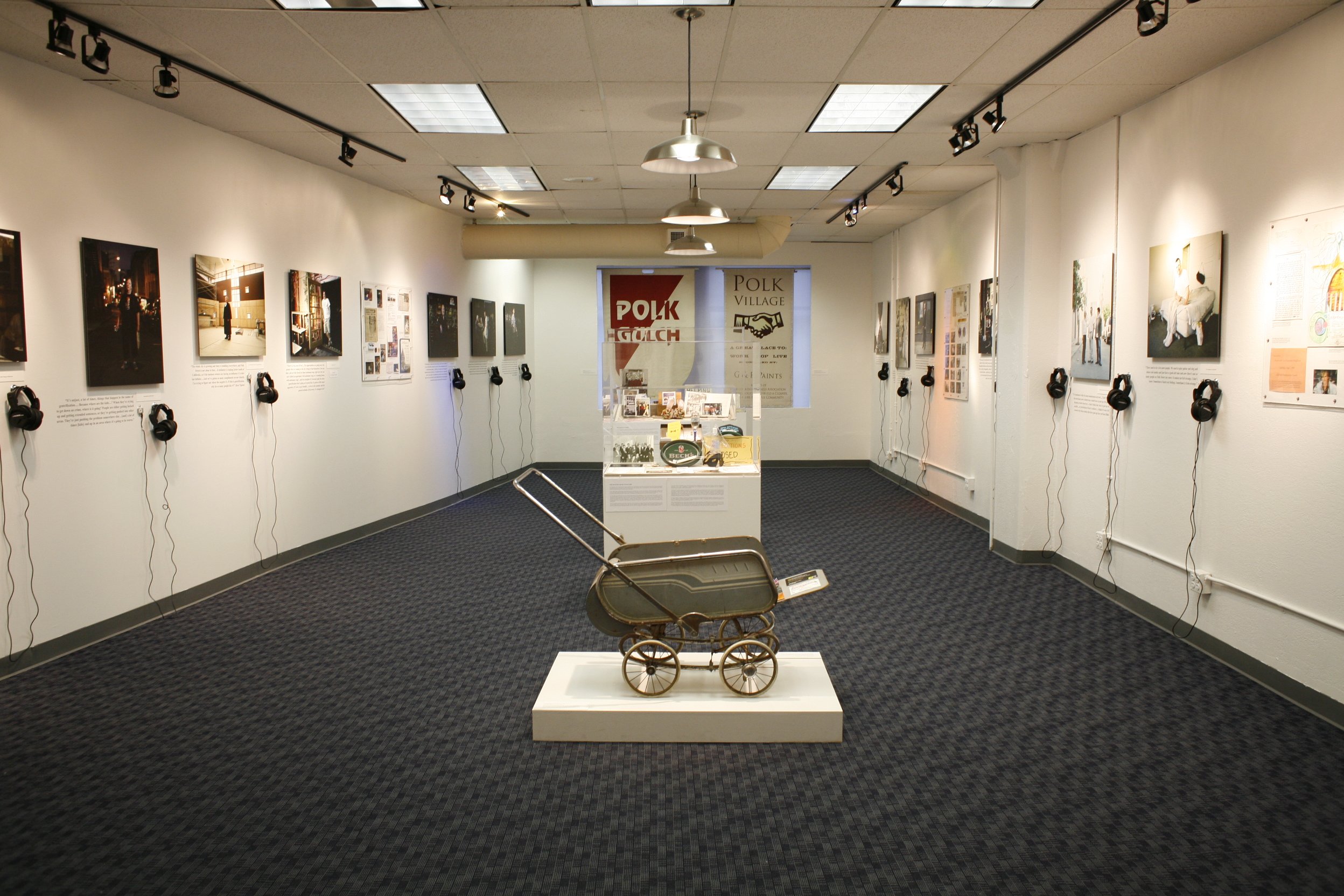
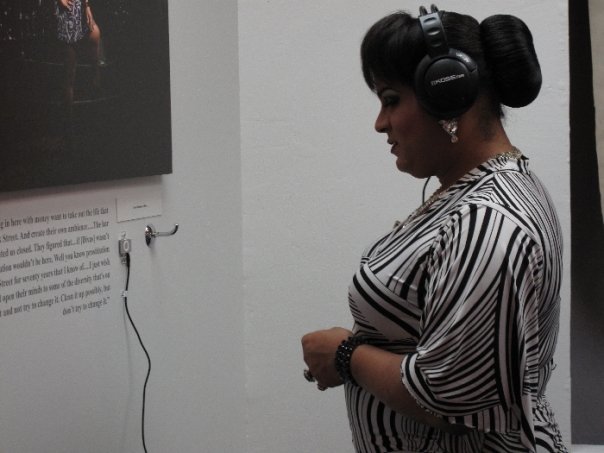
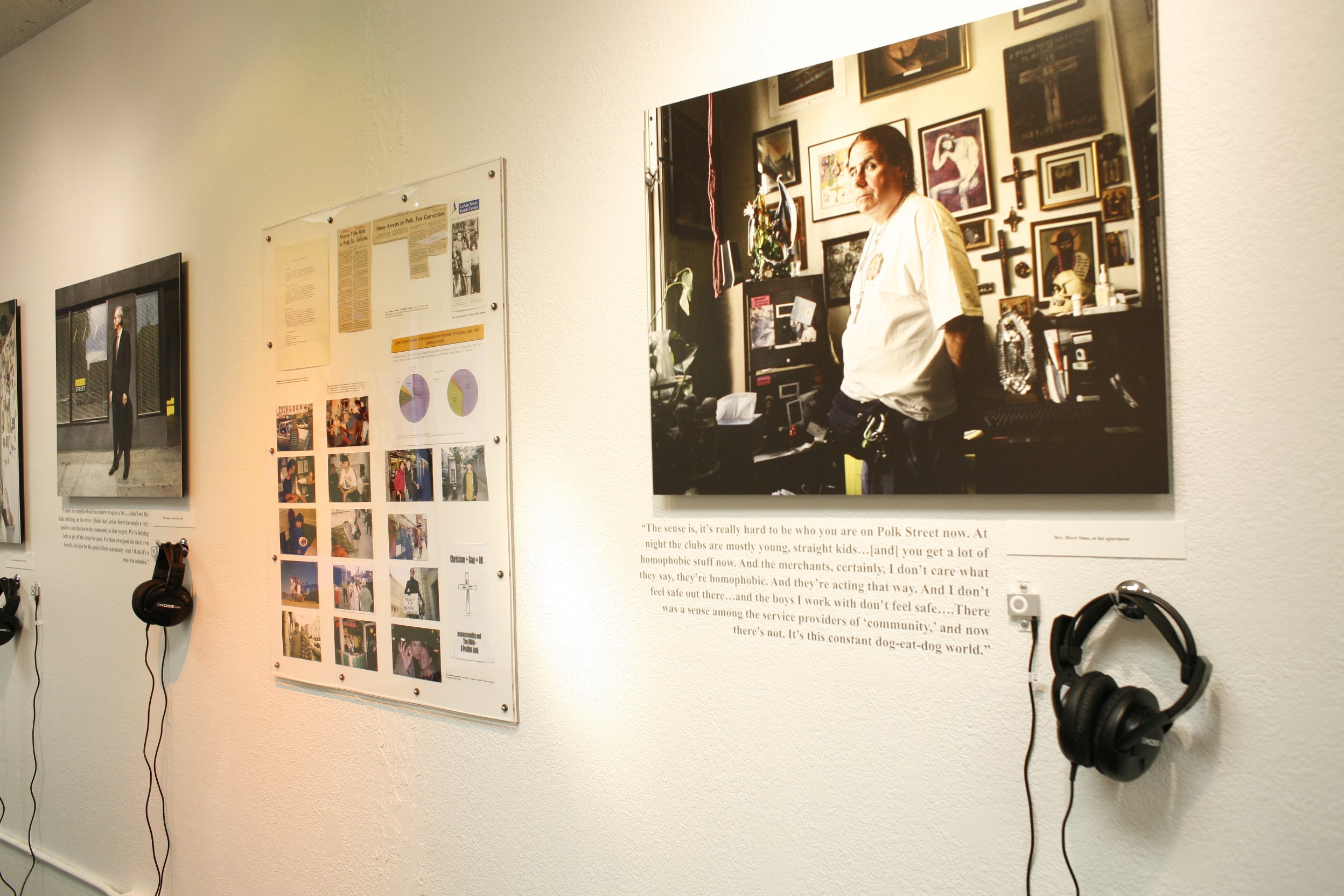
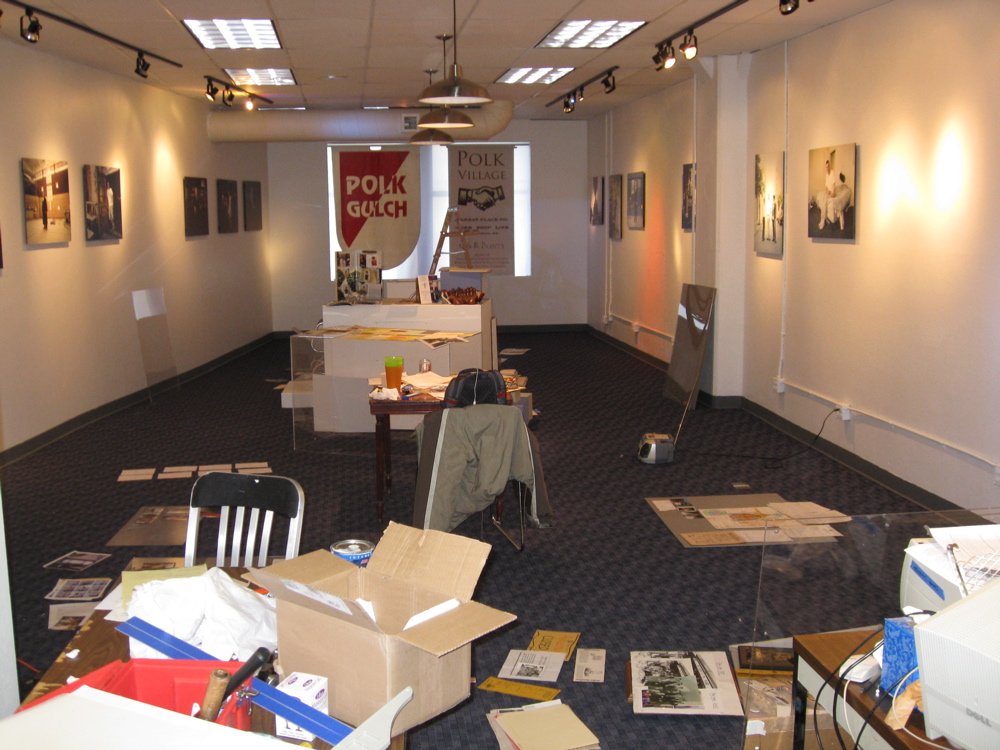
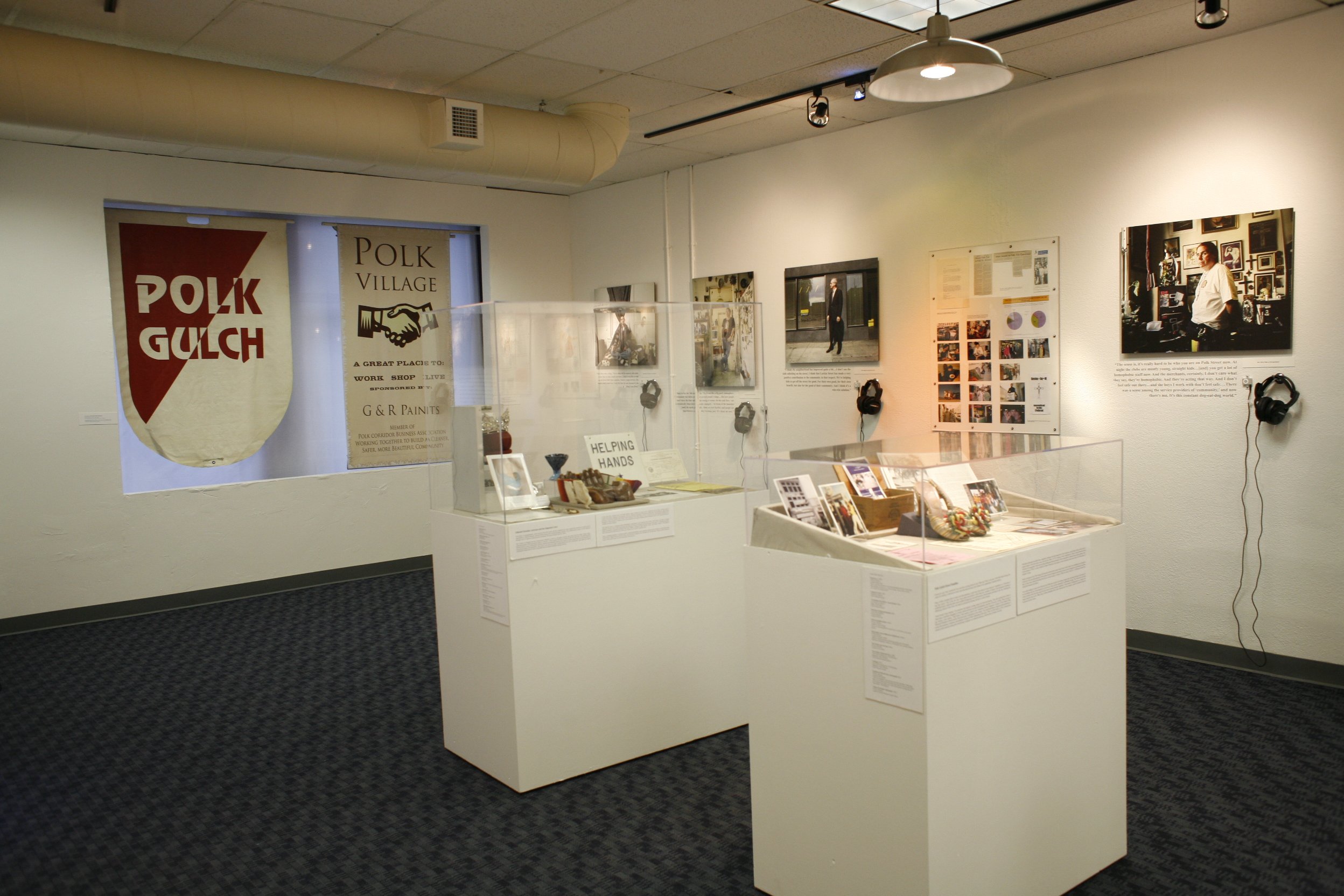
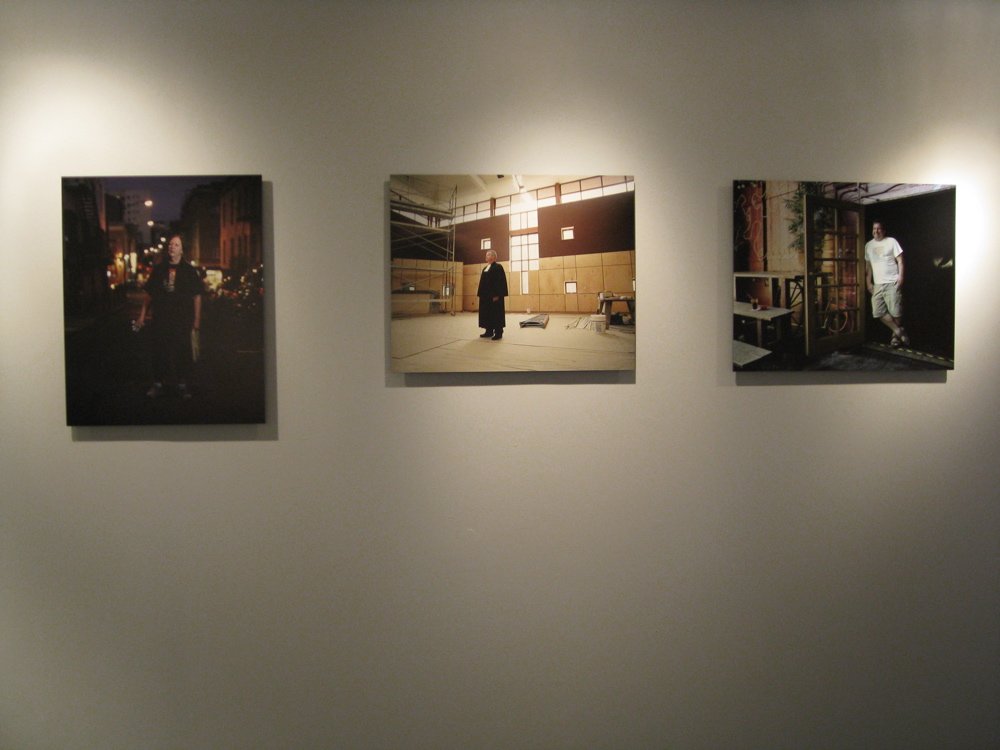
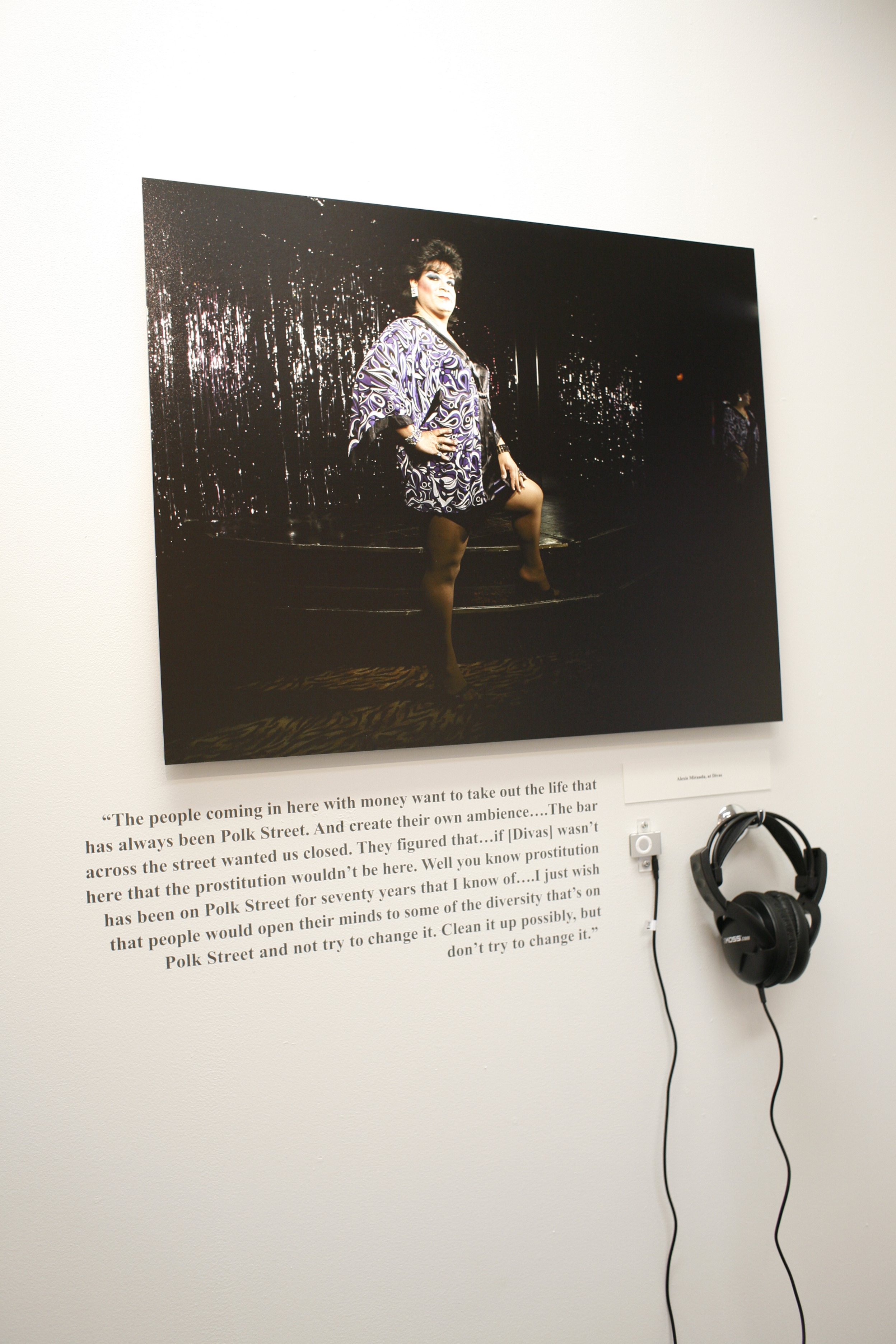
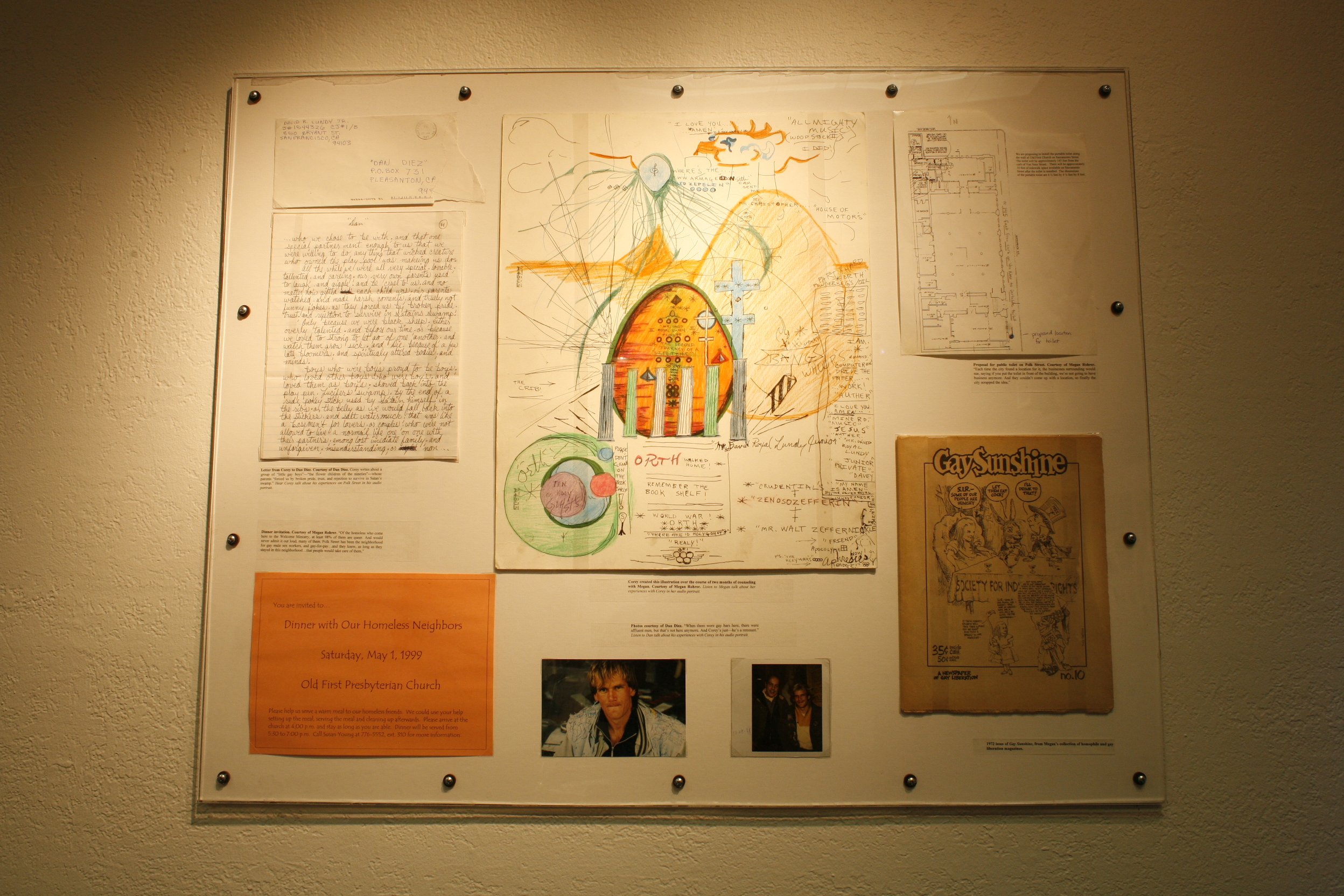
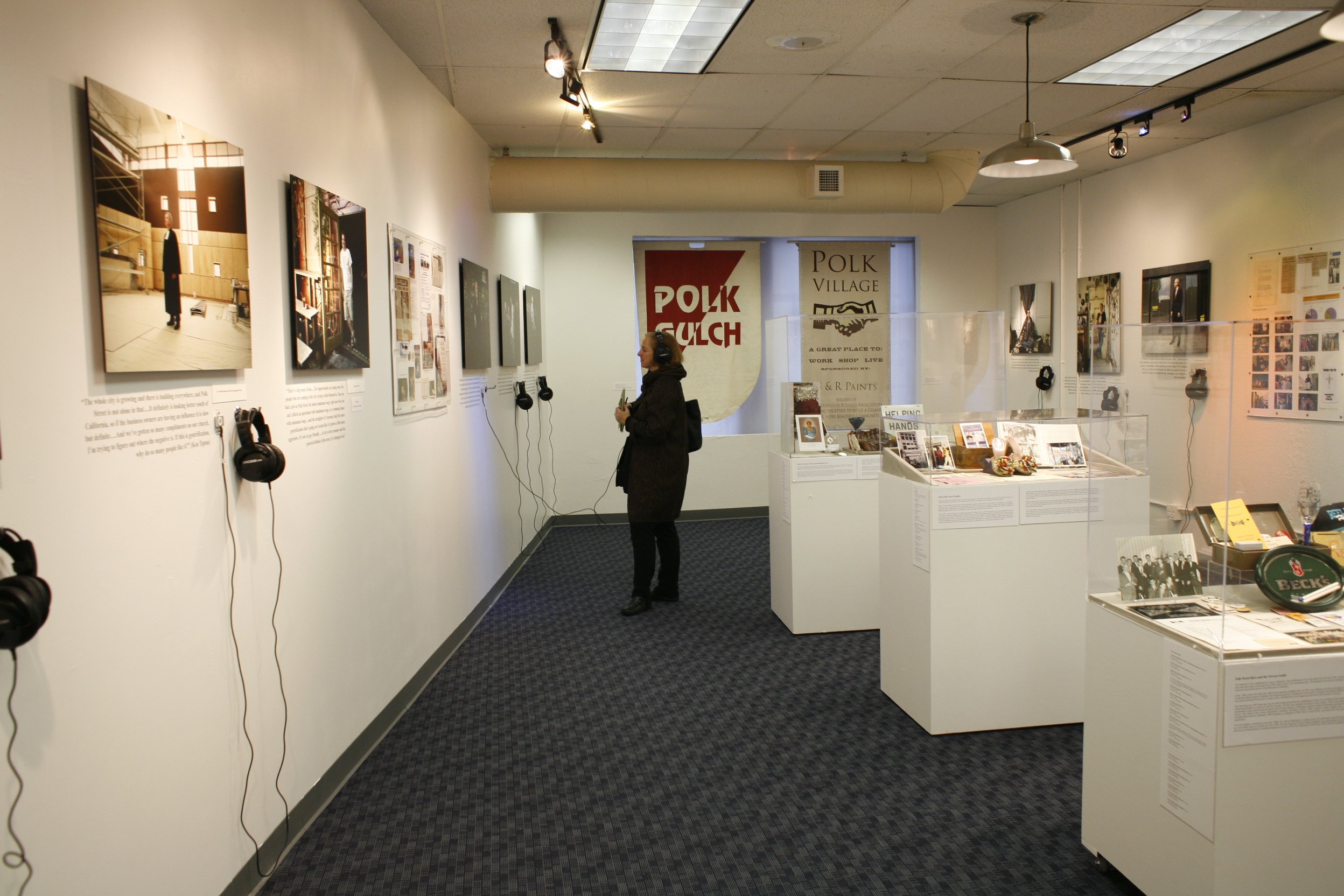
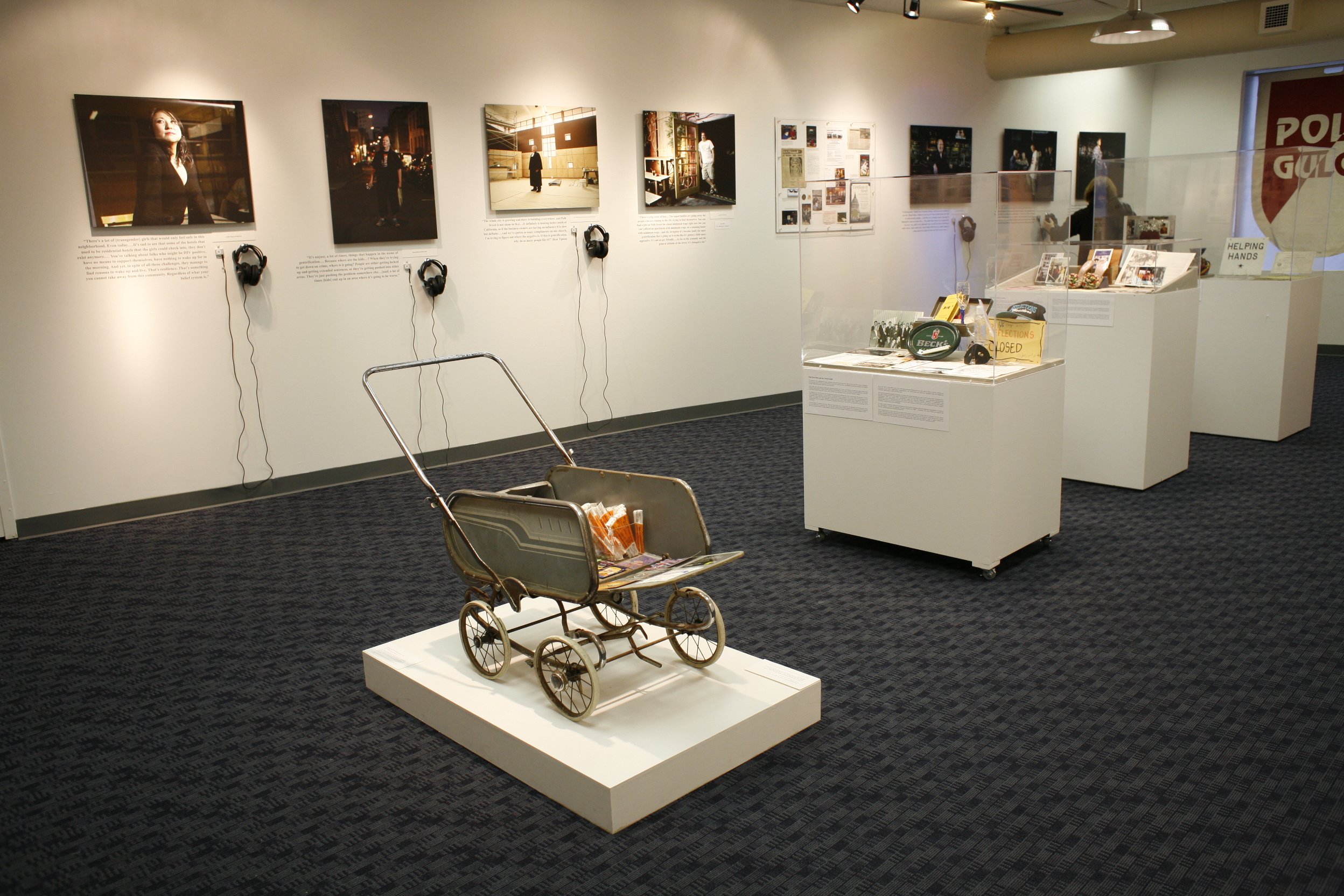
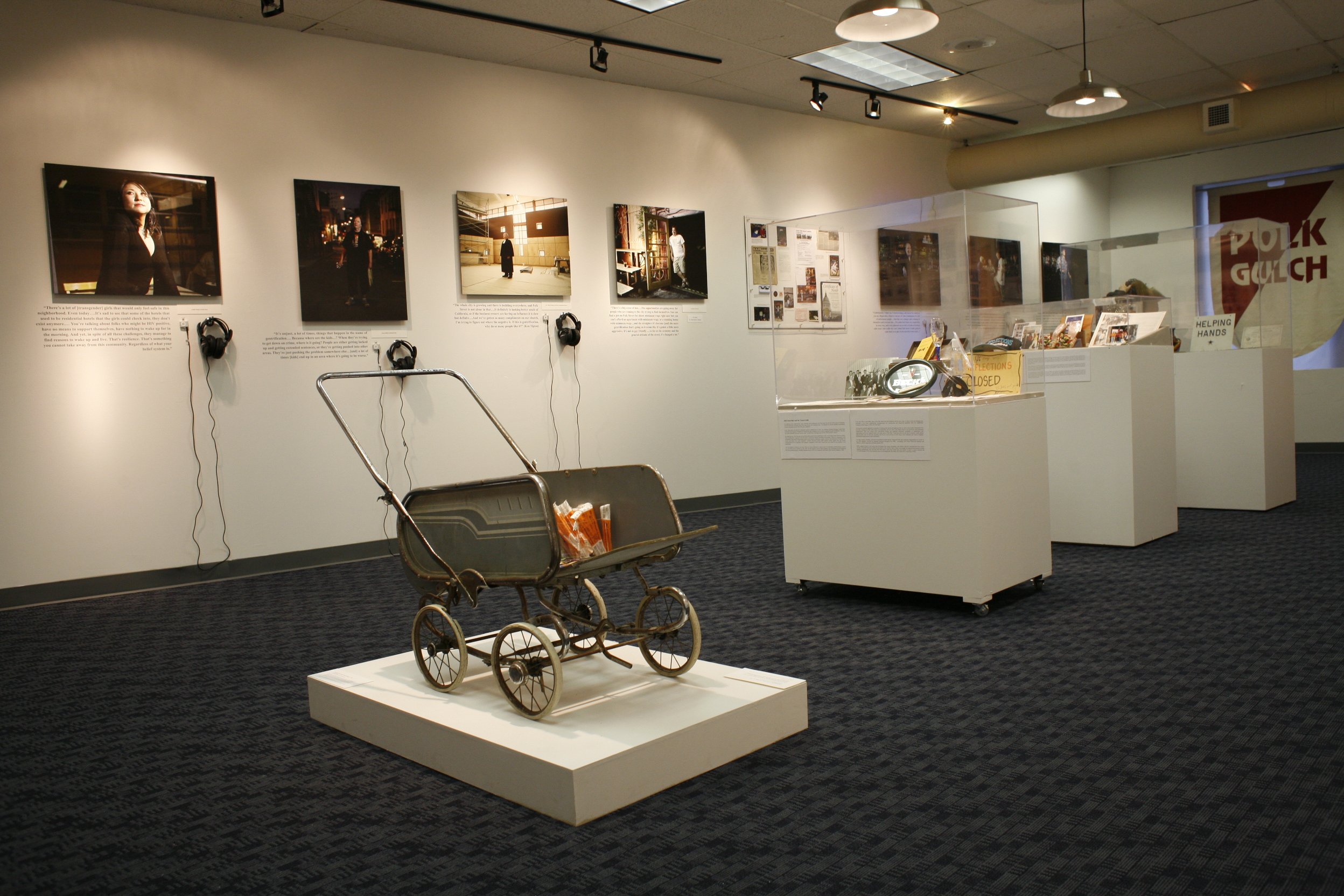
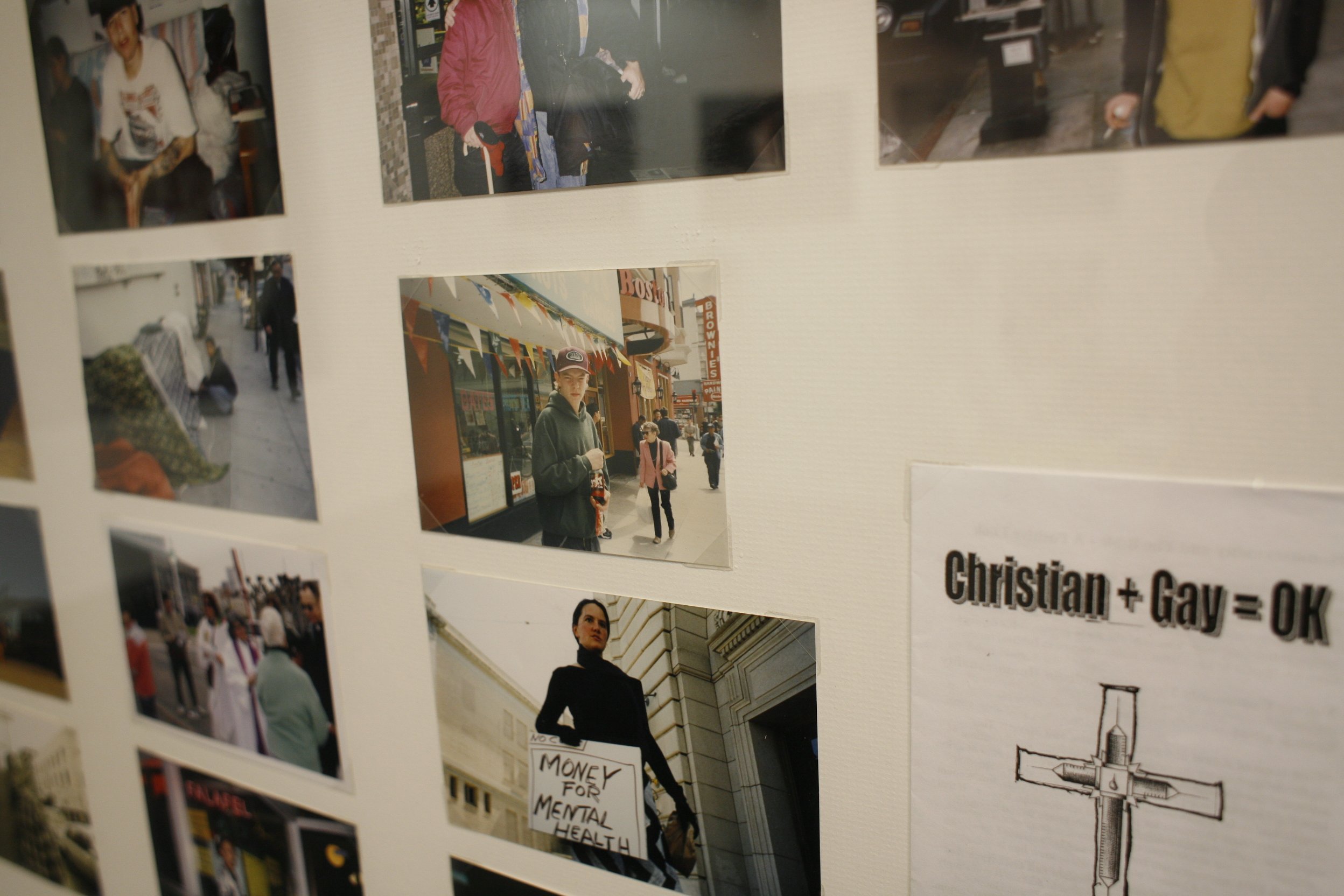
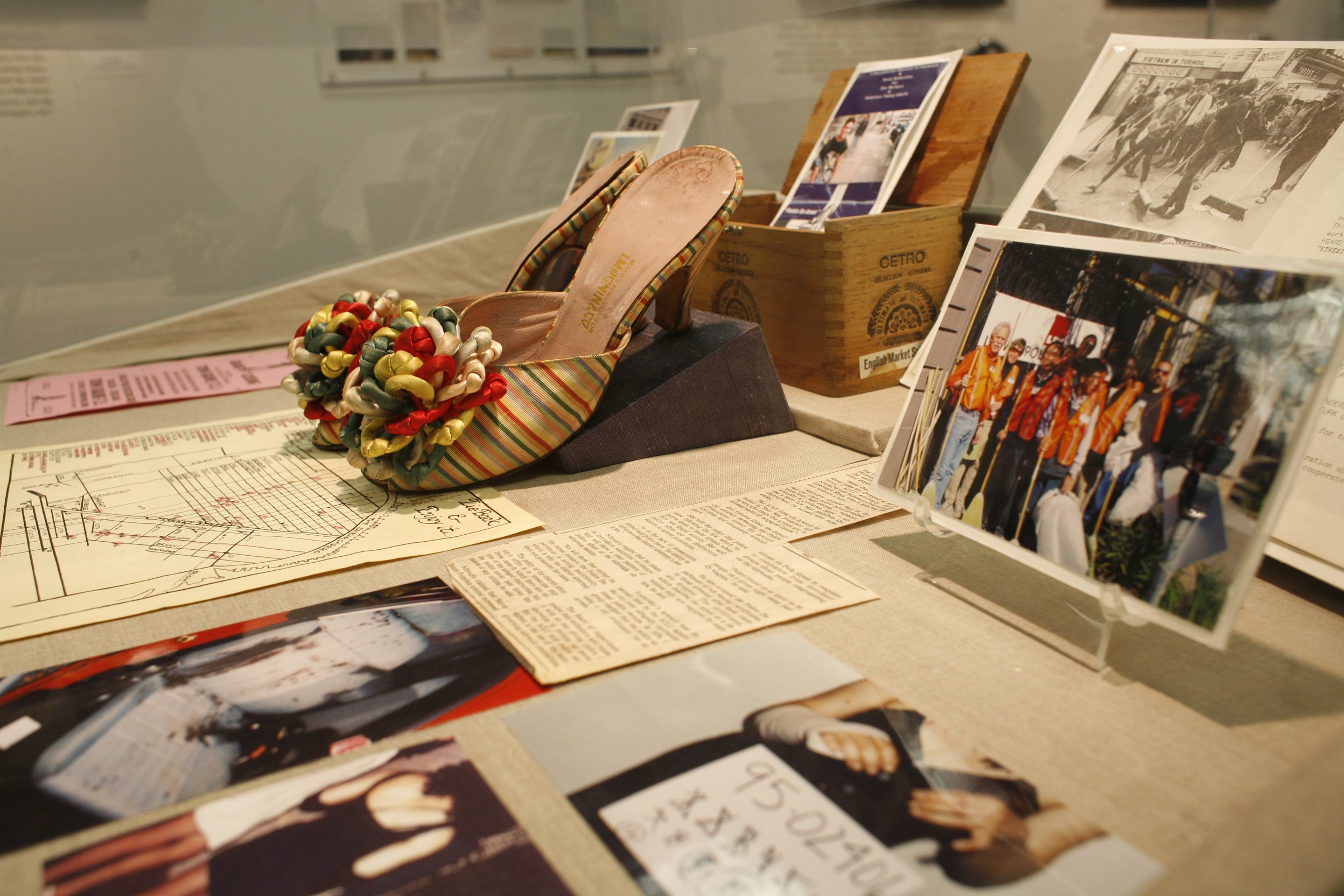
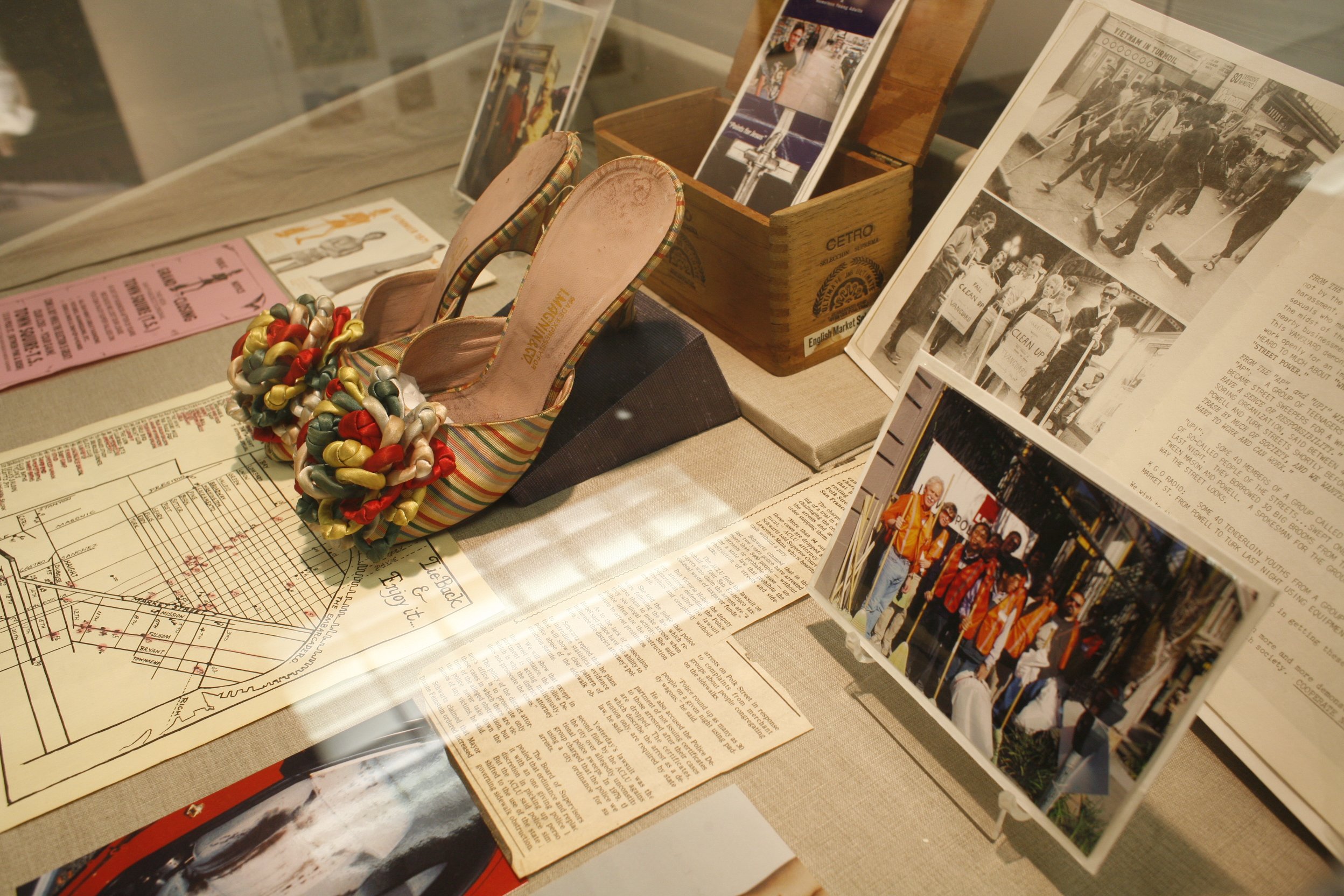
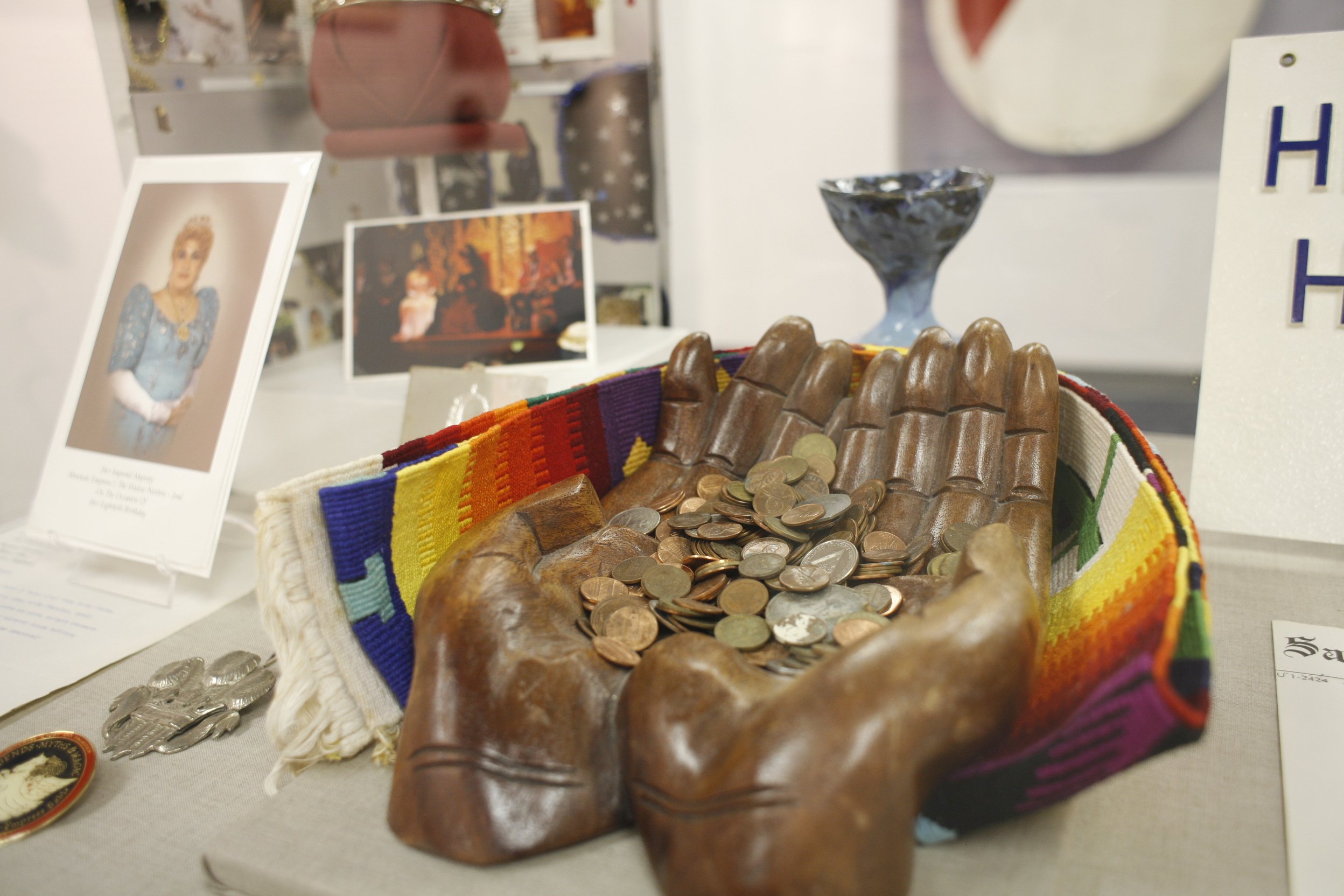
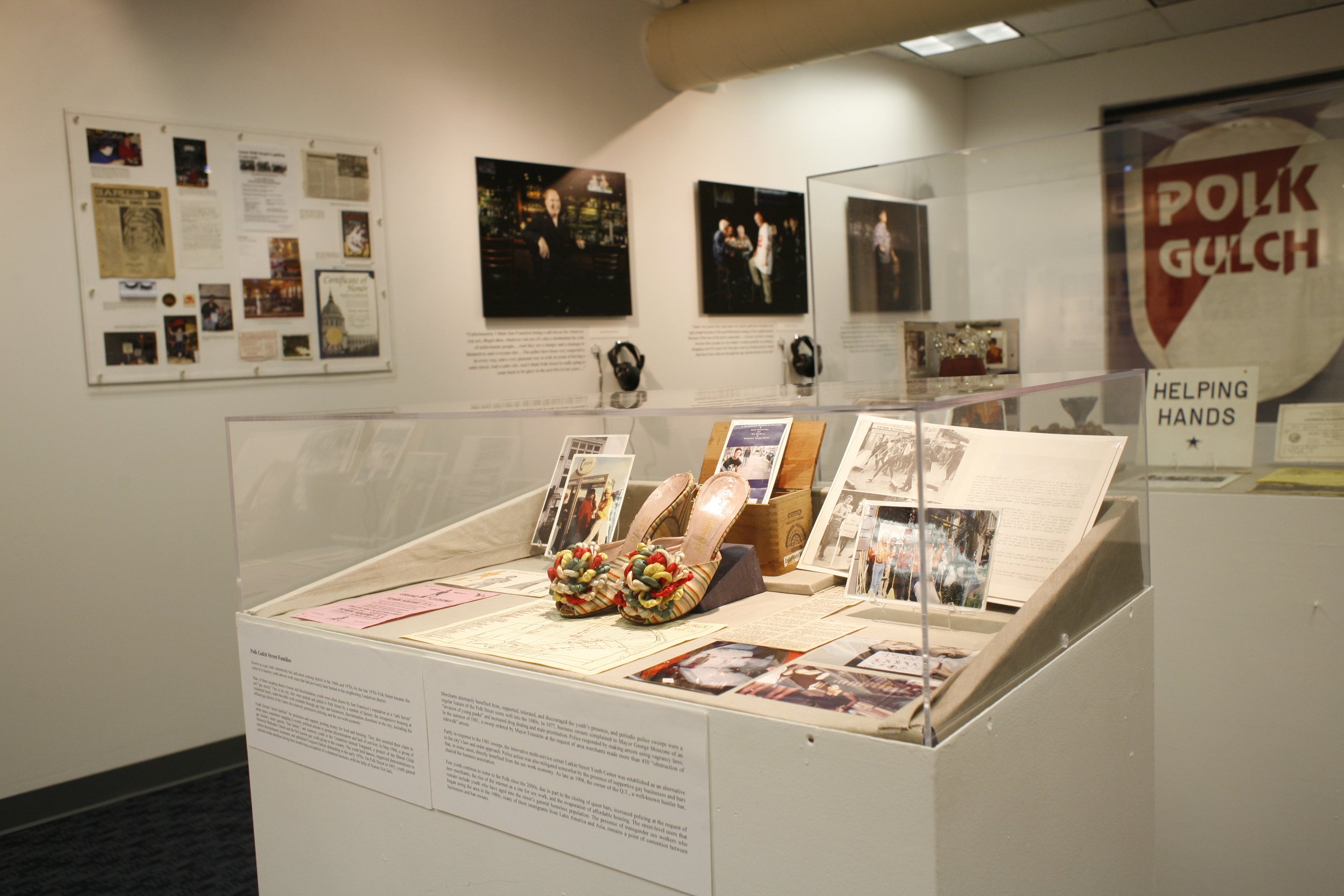
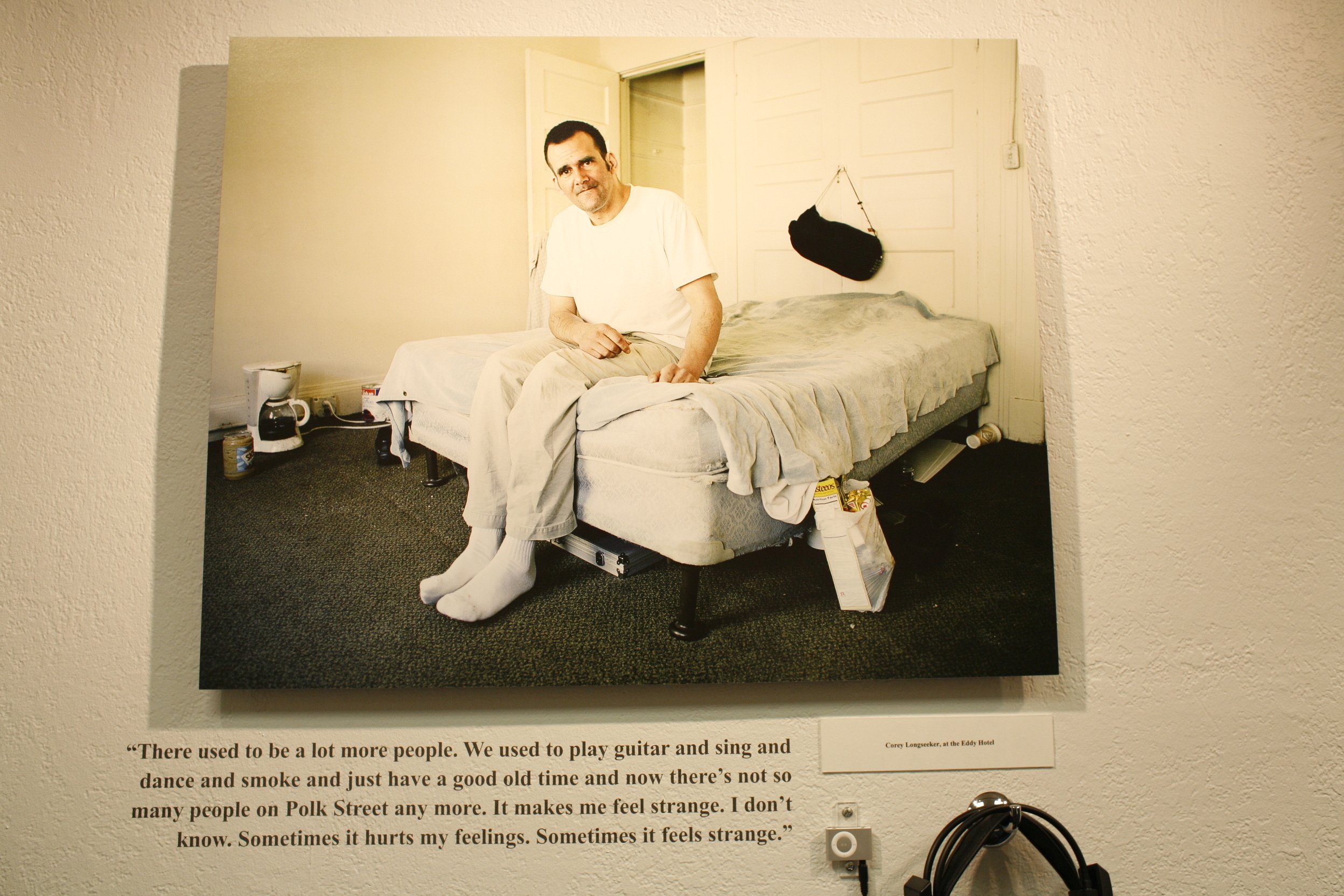
Traveling Multimedia Exhibition
I curated a multimedia exhibition that opened January 2009 at the GLBT Historical Society and moved later that year to a Polk Street gallery. The exhibition consisted of sixteen audio portraits, available on iPods and headphones, paired with sixteen framed photographs of the narrators. “The idea of having the recordings and the photos together was especially nice,” one visitor wrote in the guest book. “It really did feel like you were having a conversation with them.”
I invited narrators to lend objects that represented their personal histories and paired those objects with archival materials from the GLBT Historical Society. For example, I paired a Royal Edict by Imperial Court Empress Jose Norton I (1965) with Empress Alexis Miranda’s Coronation Crown (1999) to showcase the ongoing history of the Imperial Court. (The Imperial Court was founded in 1965 by drag queen and gay activist Jose Sarria. Each year, San Francisco residents elect a new Empress to oversee the Court’s social, benevolent, and fundraising activities.)
I placed an antique baby buggy in the middle of the exhibit space. The buggy, which activists used in the late 1980s to clandestinely distribute needles during a time when statelaw prohibited the practice, was emblematic of the early effort to stem the spread of HIV among IV drug users.
Radio Documentaries
I reached a national audience by producing two radio documentaries. I produced “Polk Gulch: The Story of Corey Longseeker,” for KALW, a local San Francisco radio station. The twenty-five-minute piece told the history of Polk Street through the story of a nineteen-year-old who, in the early 1980s, escaped a fundamentalist family in Minnesota and charted a course to California.
I worked with National Public Radio producer Jay Allison to create a one-hour documentary for his public radio site Transom.org, distributed nationally via NPR. Allison invited me to travel to his Woods Hole, Massachusetts, studio where he walked me through the process of crafting a documentary. We decided that a memorable approach would be to run my audio portraits, unedited, in a sequence. I ultimately framed the portraits with a first-person narrative of my own, highlighting my personal connection to Polk Street and my motivation for documenting its history.
Listen to Polk Street Stories, produced for NPR’s Hearing Voices in 2010:







